In architecture, the most powerful presentations do more than just show a design; they tell its story. This is where the art of animation comes into play, transforming static models into compelling cinematic narratives. For many firms, however, this process is hampered by a bloated software pipeline that stifles creativity.
So, what are the essential tools that streamline this craft? We break down the three core tools pros rely on for the art of animation in architecture. From initial concept to final cinematic sequences, this curated toolkit—centered around the real-time power of D5 Render—helps professionals work smarter, not harder, while focusing on narrative and impact.

🚀 Key Takeaways for Creating Great Art of Animation in Architecture
- The art of animation in architecture is streamlined through a workflow that integrates Miro, SketchUp, and D5 Render for efficient design and storytelling.
- With instant LiveSync and built-in post-processing, D5 Render turns your SketchUp models into cinematic magic, letting you perfect lighting and mood in real-time.
- D5's Phasing Animations bring designs to life, guiding viewers through a building’s evolution with ease.
- The powerful animation features in D5, such as dynamic pedestrians and realistic traffic, enhance the storytelling in architectural presentations.
.gif)
1. Miro—A Digital Storyboard for Architectural Vision
Every great architectural animation starts not with a model but with a story. Miro serves as a powerful digital storyboard, enabling architects to map out ideas visually before diving into modeling and rendering. By pinning references (for example, from Pinterest), sketching sequences, and categorizing visual cues, they lay the groundwork for a cohesive, well-planned narrative.
Miro also streamlines the workflow: organize references by lighting, camera angles, and thematic colors, and add quick annotations to keep decisions clear. Then, when designers move into D5 Render, that organized storyboard helps translate abstract intent into a tangible, cinematic experience. It's a small upfront step that saves time—and keeps the creative vision intact.
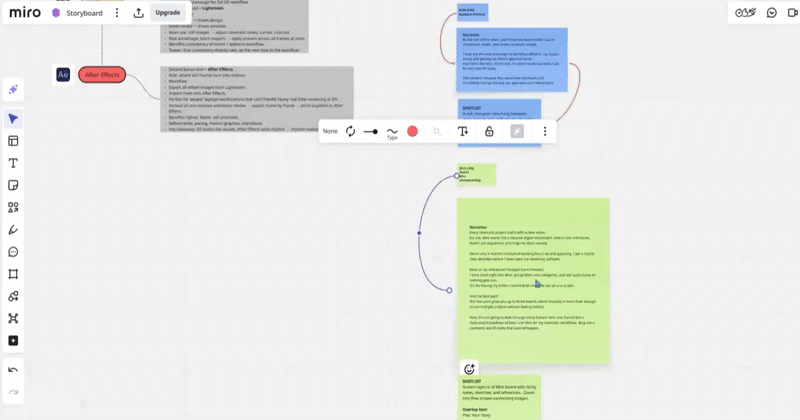
2. SketchUp (or Other DCC Software)—Base Modeling for Cinematic Shots
So you've got your vision—now let's build a world around it. Think of SketchUp as your digital sketchpad, perfect for quickly blocking out forms and finding that perfect camera angle. It’s all about speed and flexibility at this early stage.
When it’s time to bring your scene to life—especially with nuanced interior lighting and cinematic texture—that’s where tools like Blender, 3ds Max, or real-time renderers like D5 Render truly shine. They take your base model and inject soul, motion, and mood, transforming a structural sketch into a compelling visual story.

3. D5 Render—Real-Time Cinematic Renders and the Art of Animation
Ever feel like your design vision gets lost in translation between the model and the final animation? That's where D5 Render truly shines, turning static models into breathtaking, cinematic scenes in real-time. It feels like magic.
For architects and designers, the real game-changer is D5's seamless LiveSync with SketchUp and other modeling tools. Imagine this: you tweak a light or swap a material in SketchUp, and you see it happen instantly in your D5 Render viewport. No more exporting, no more waiting. This immediate feedback loop is incredible for creativity. You can experiment freely, see how different ideas affect the atmosphere, and keep your momentum going without any interruptions.
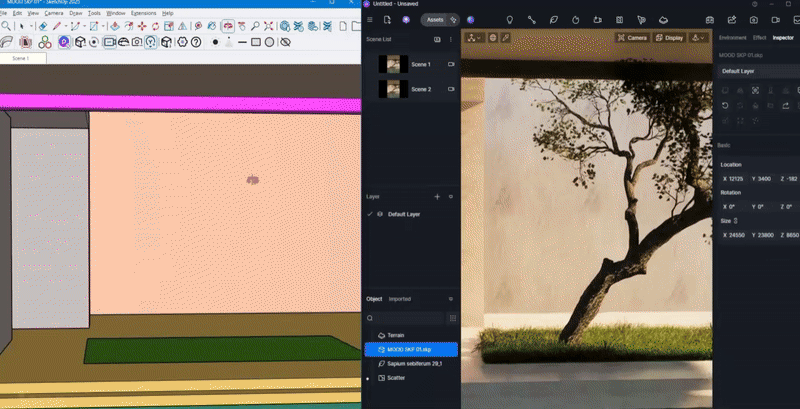
And the best part? D5 handles the technical magic behind the scenes. Its real-time GI delivers film-quality lighting, shadows, and reflections on the fly. Plus, with powerful post-processing built right in, you can fine-tune color, exposure, and z-depth without ever leaving the app—getting that polished, cinematic look is incredibly fast.
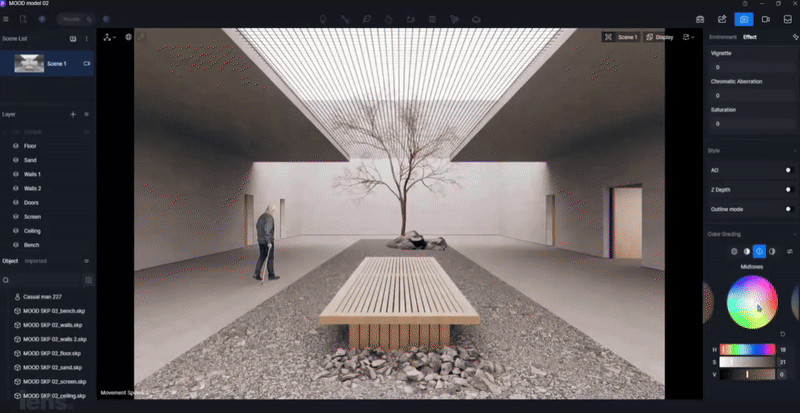
To craft an immersive story, use D5’s Phasing Animations to guide your audience through a design's evolution. Witness a building come to life layer by layer, making the narrative both engaging and easy to understand. You can illustrate the entire journey, from the initial skeleton rising from the ground to the final finishes falling into place. This, combined with the vast library of materials and lighting presets to set the mood in minutes, and effortless camera work via pre-set paths, results in a smoother workflow and far more compelling visual narratives.
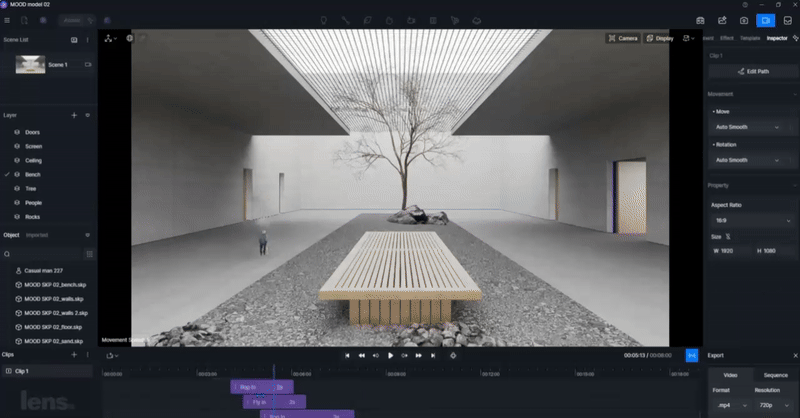
💡 Advanced D5 Animation Tricks from the Pros:
Ever wonder how top firms create those stunning, cinematic architectural animations? The secret sauce is blending technical skill with storytelling. With D5 Render, that vision is well within reach—just a few techniques stand between you and breathtaking results.
- Start with an establishing shot then jump-cut to details: In Video, Add Current View, toggle Two-Point Perspectivefor clean verticals, enable Display → Rule of Thirds, and keep each transition around 5–8 s for cinematic pacing.
- Keep motion consistent: set Move → Linear (no ease in/out) on every shot and match durations (e.g., 6 s each) so the camera speed feels uniform—remember individual transition times sum to the clip length.

- Add life with pedestrians: choose Assets in D5 Render→ Character → Dynamic → Walking, place them on a Path, Shift-drag to duplicate the path and flip Direction A/B for two-way flow, then edit control points to prevent overlaps.
- Make traffic believable: delete static cars, create a Vehicle Path with Lanes → Dual (use 2–4 lanes) and adjust Widthto the roadway; add Curve nodes for turns so aerial/street shots feel alive.
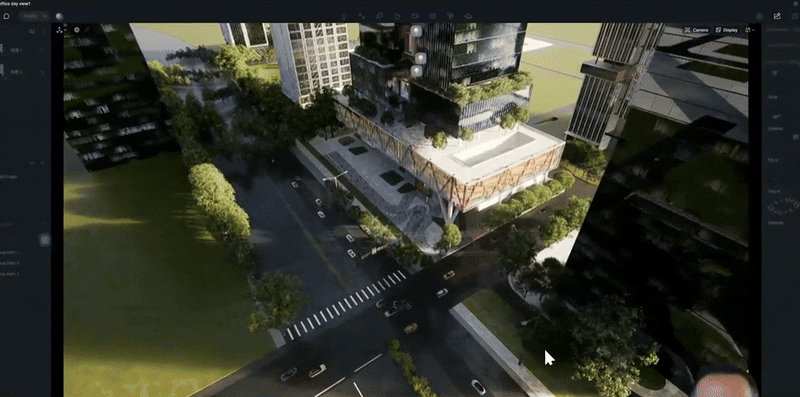
- Polish and iterate fast: remove z-fighting by unifying materials on overlapping meshes, preview at 720p/480p to catch flicker, then export finals at 1080p / 30 FPS for a clean cut.
4. Conclusion: Mastering the Art of Animation
So, there you have it—the three core tools that help pros master the art of animation in architecture. By combining Miro for planning, SketchUp for modeling, and D5 Render for real-time cinematic power, you can create stunning visual stories that truly connect with your audience.
Ready to bring your own architectural visions to life? Start exploring these tools and see how they can transform your next project from a simple model into an unforgettable narrative. Your story is waiting to be told.

Continue Reading: More Tips to Master the art of animation in architecture
How to Master Blender Animation — Then Elevate It in D5 Render?
Full guide on how to make cinematic animation in D5 Render
The Best Free Architecture Animation Software
D5 Render + 3ds Max: Animation Made Easy
D5 Animation Challenge: Free Camera Movement Templates for Everyone
How to Use Depth of Field for Cinematic Animation in D5?
FAQs on the Art of Animation in Architecture
Q. What tools can help me streamline the animation process in architectural design?
Architects looking to streamline their workflow can benefit from a combination of tools. Start with Miro to storyboard your ideas, then use SketchUp for quick 3D modeling. When it's time to turn your models into cinematic animations, D5 Render excels with its real-time rendering capabilities, allowing you to focus on storytelling while getting instant visual feedback.
Q. How can I create more cinematic animations for my architectural designs?
To elevate your architectural animations, real-time rendering tools like D5 Render are key. By allowing you to tweak your design and see changes instantly, D5 Render ensures that lighting, textures, and materials all come to life in a cinematic way, making your animation flow seamlessly. It's perfect for architects looking to bring their ideas to life without the delays of traditional rendering methods.
Q. Is there a software that lets me see real-time changes while working on architectural animations?
Yes! D5 Render is an excellent solution for architects who want real-time updates. Whether you're adjusting lighting or swapping materials, D5 Render ensures changes appear instantly in your animation. This immediate feedback loop saves time and allows for continuous creative exploration without interruptions.
Q. How do I create a smooth and engaging camera movement in architectural animations?
In architectural animations, pacing and camera movement are key to keeping your audience engaged. D5 Render offers easy-to-use controls for setting smooth camera paths, ensuring consistent motion. This tool allows you to control transitions with precision, maintaining a cinematic flow that’s critical for professional animations.
Q. How can I add realistic people and traffic to my architectural animations?
Adding life to your architectural animations is simple with D5 Render. You can place dynamic pedestrians and vehicles along pre-set paths, creating realistic interactions. This level of detail makes your animation feel more like a living environment, which enhances the overall cinematic experience for your audience.
Q. What software should I use for creating high-quality architectural animations quickly?
If you’re aiming to produce high-quality animations without long rendering times, D5 Render is an excellent choice. Its real-time rendering and built-in cinematic features let you create stunning visual stories at a fast pace, enabling you to focus on creativity rather than the technicalities of rendering. Plus, it integrates smoothly with modeling tools like SketchUp to enhance the entire workflow.


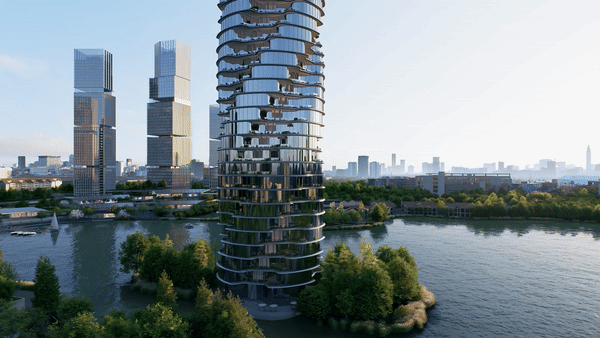


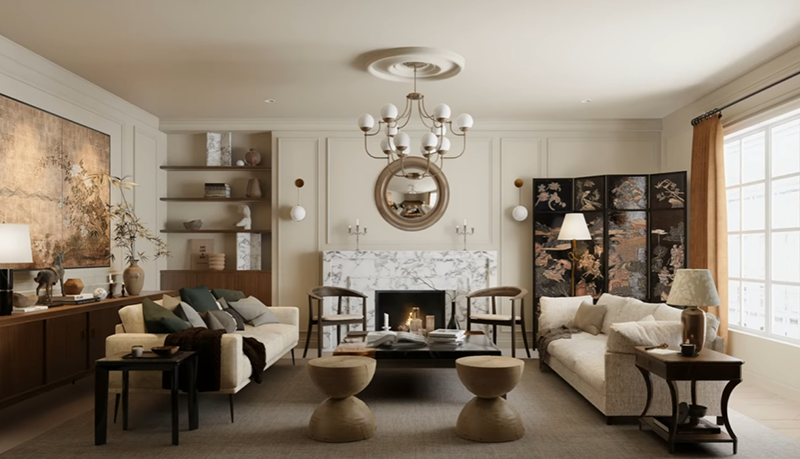
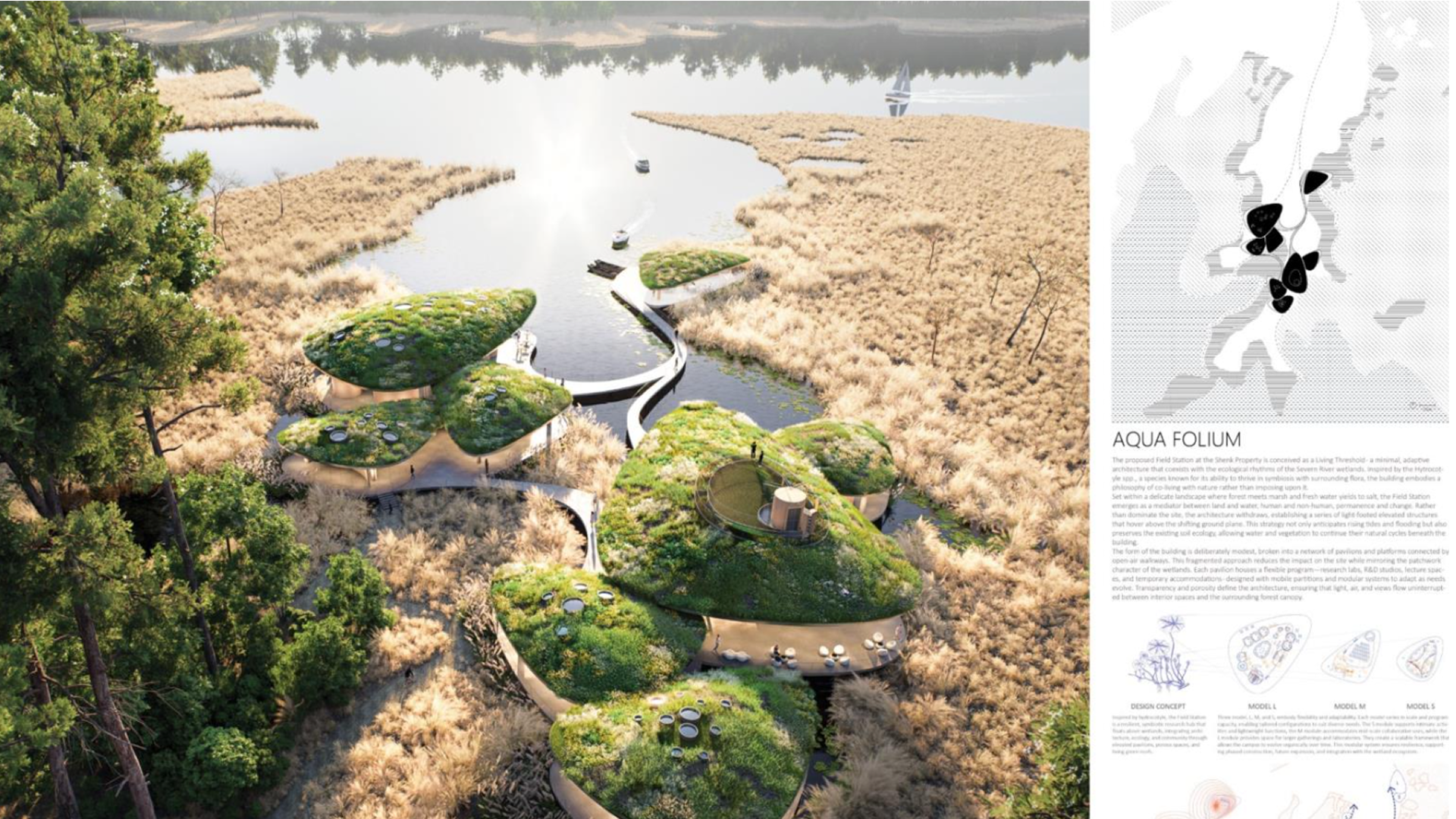
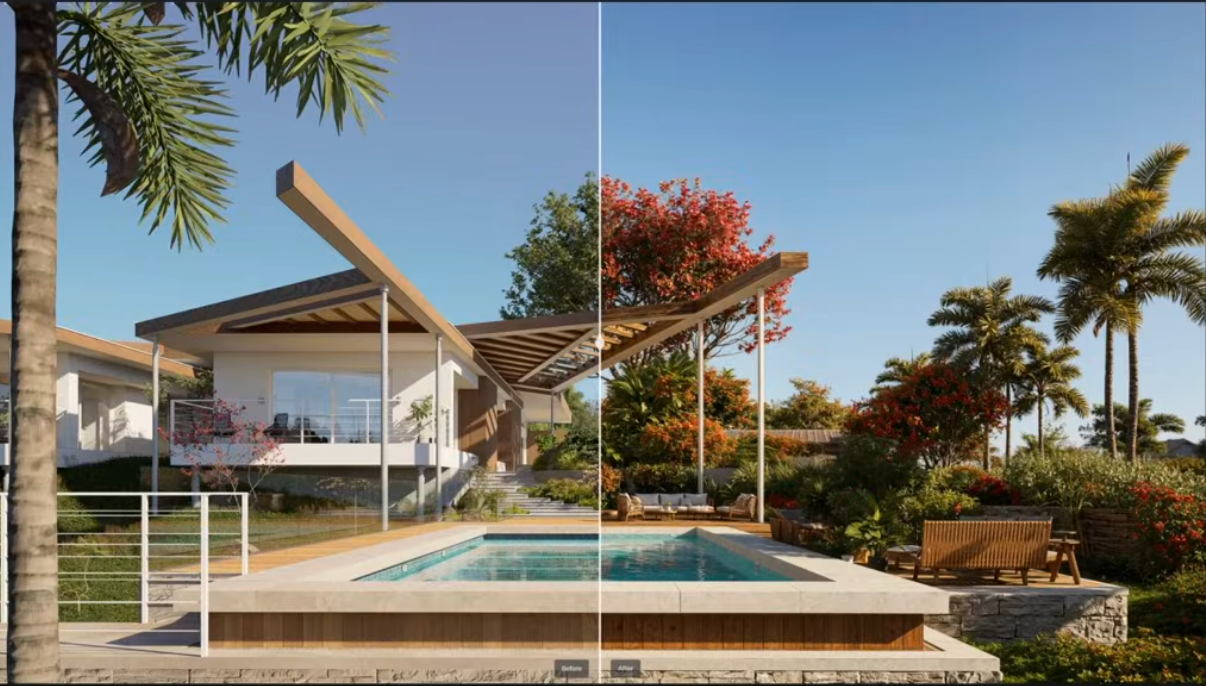

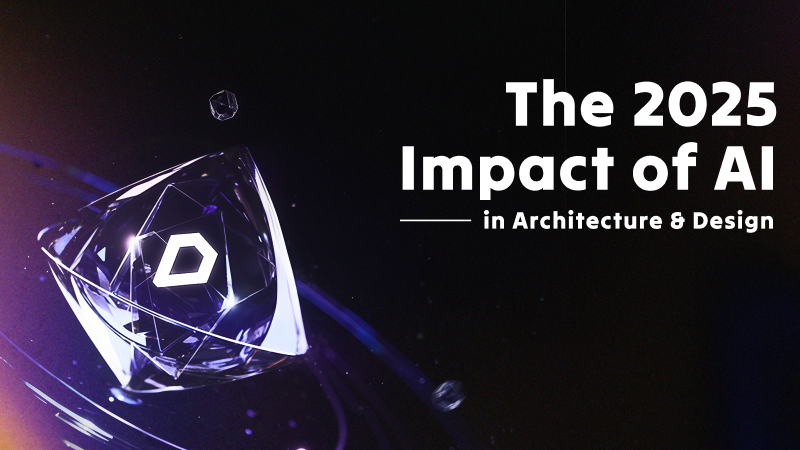
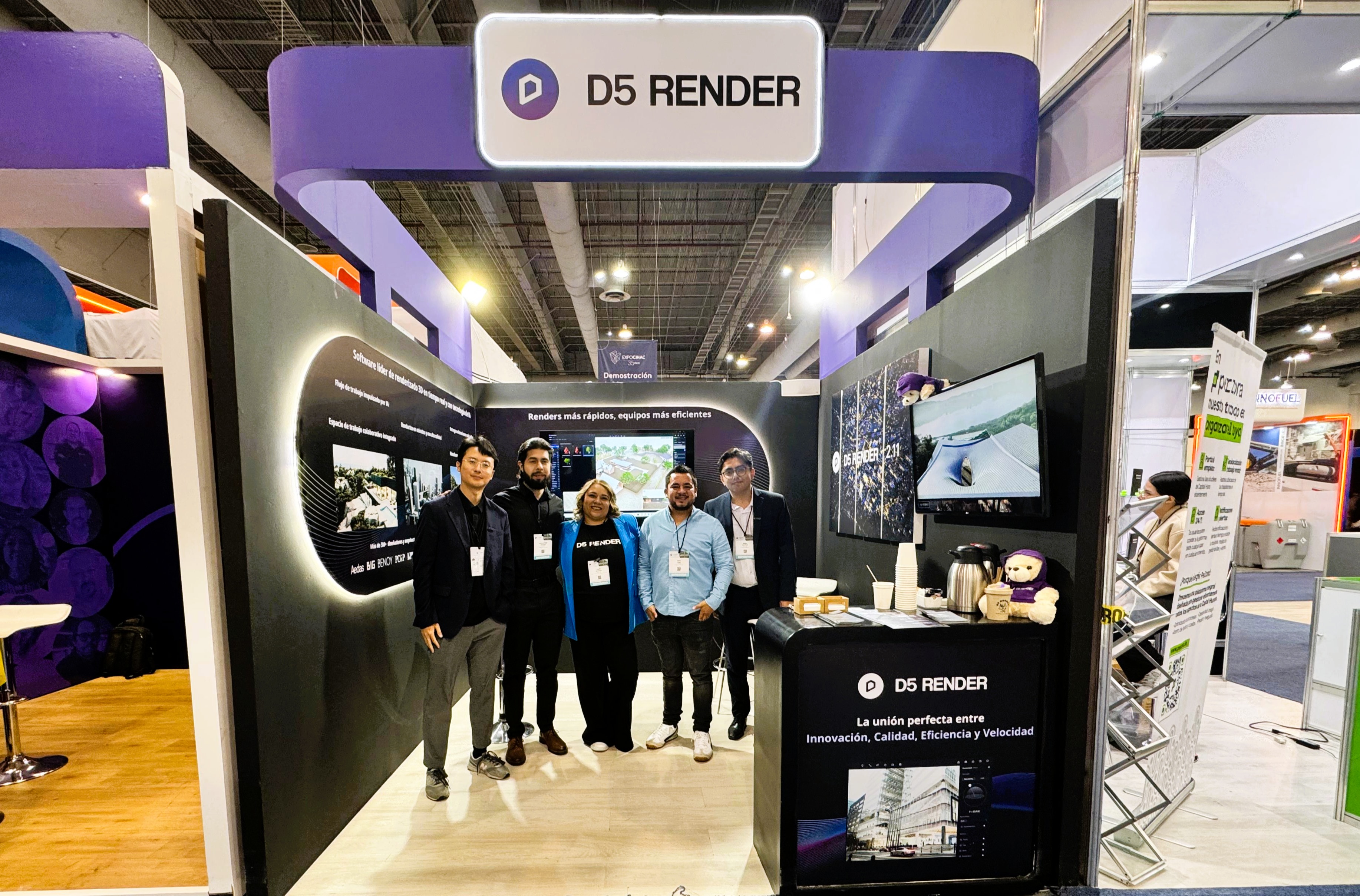
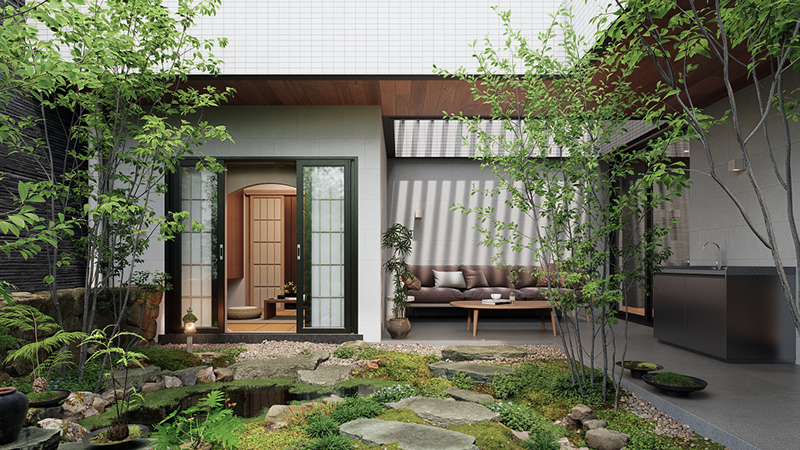
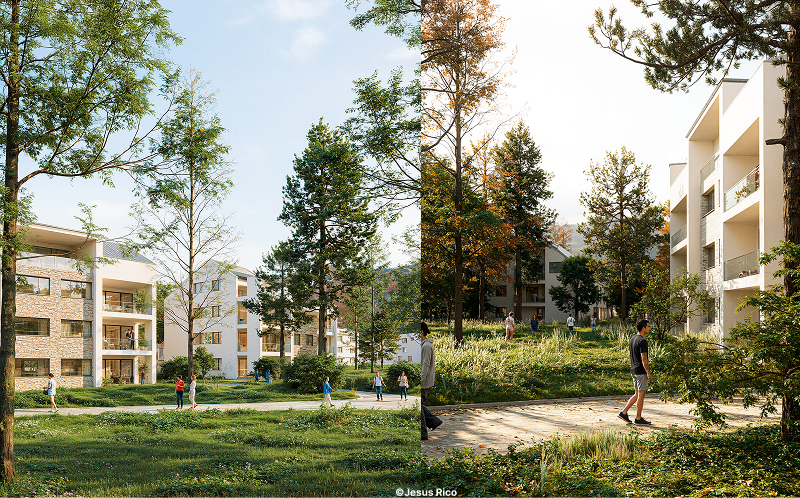
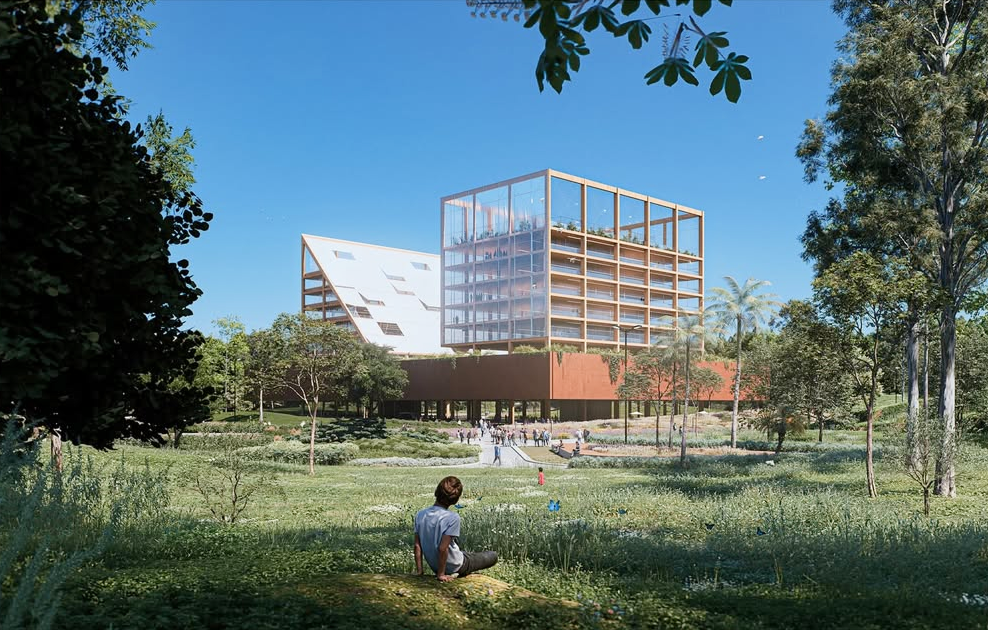
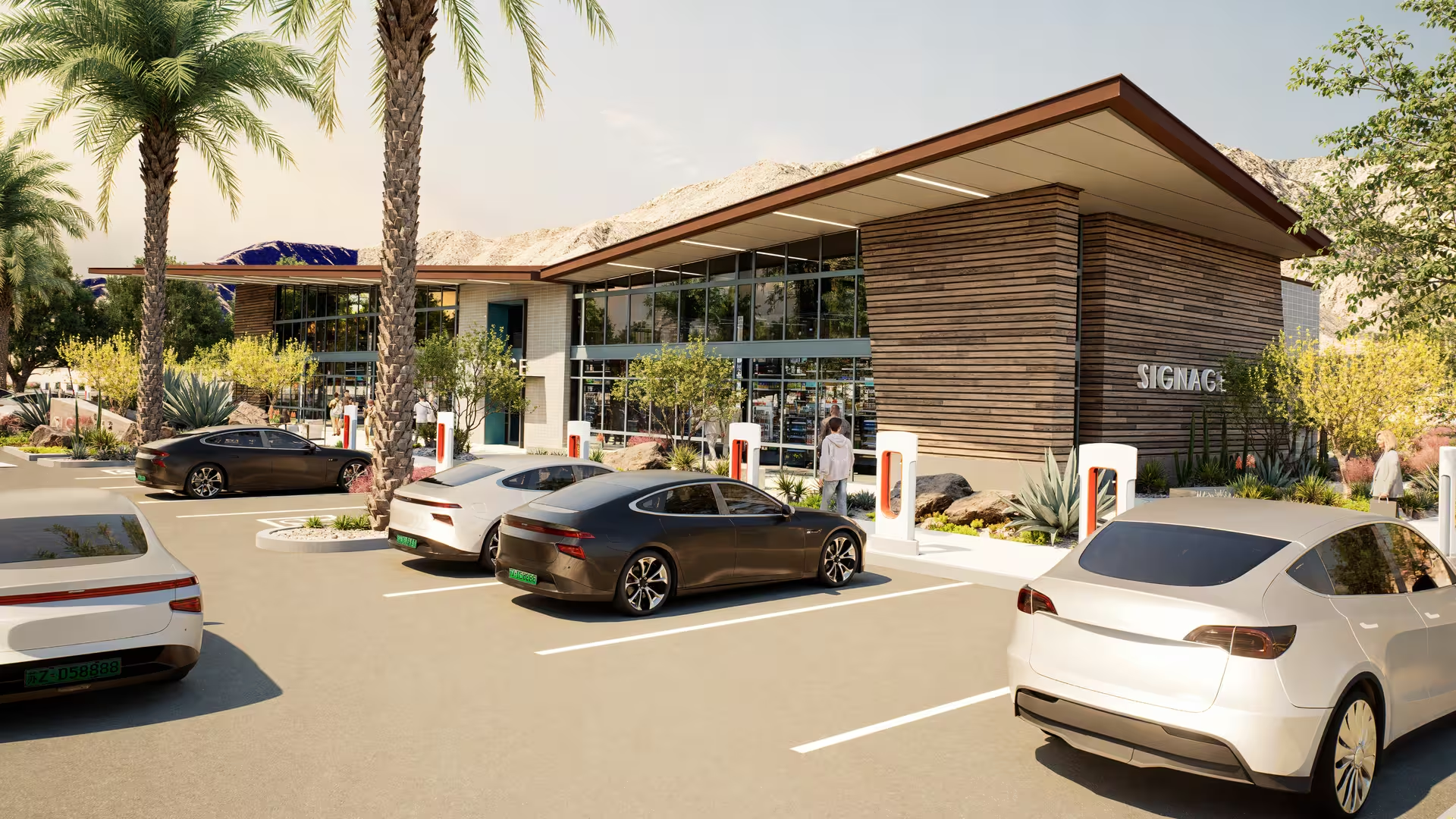
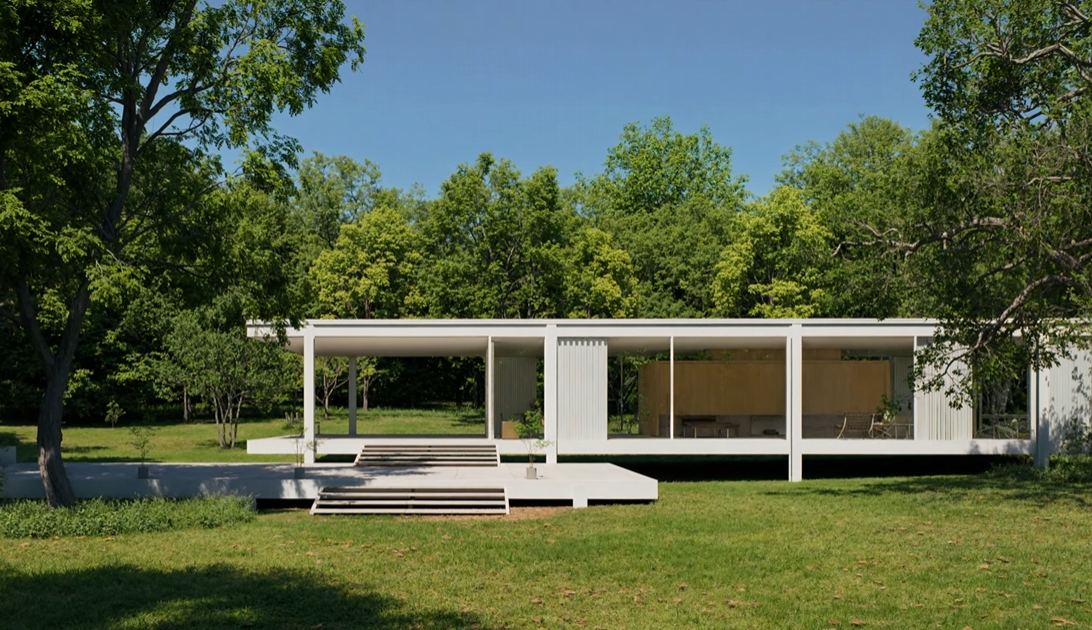
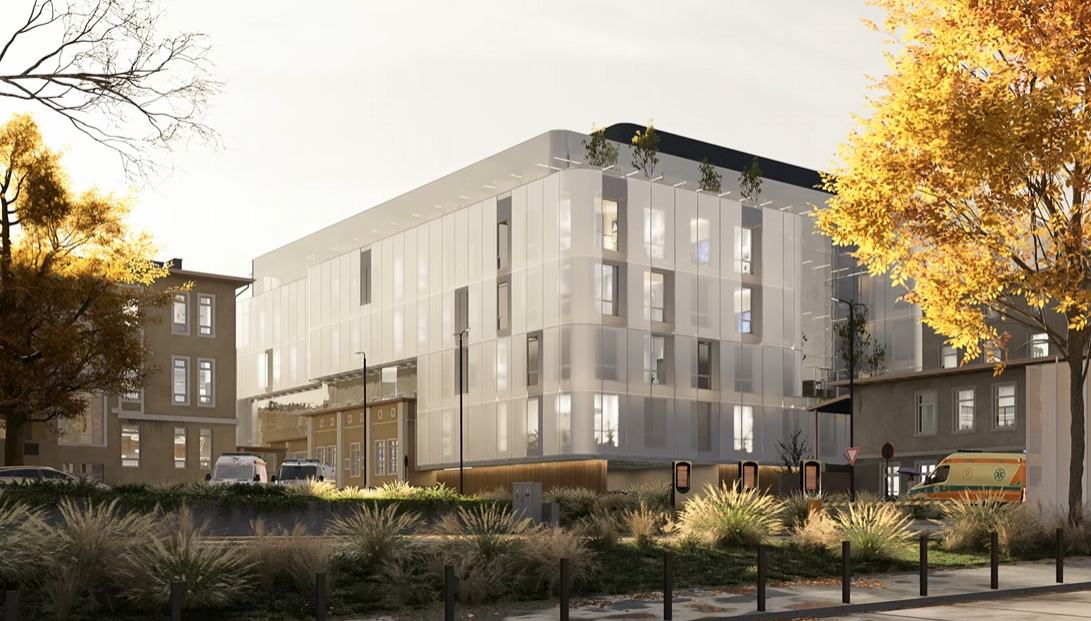
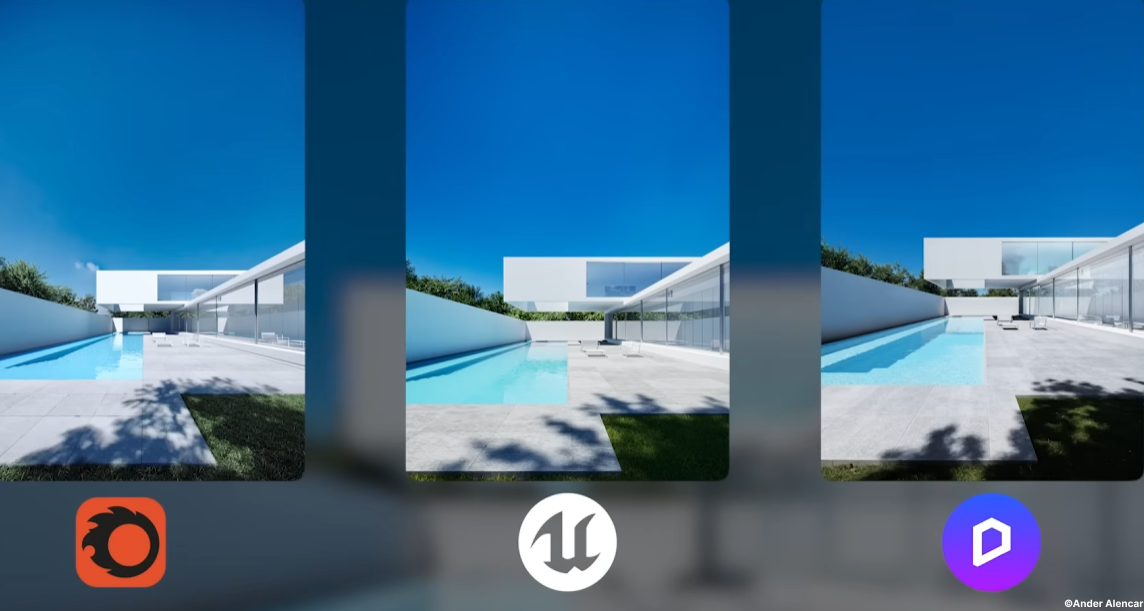
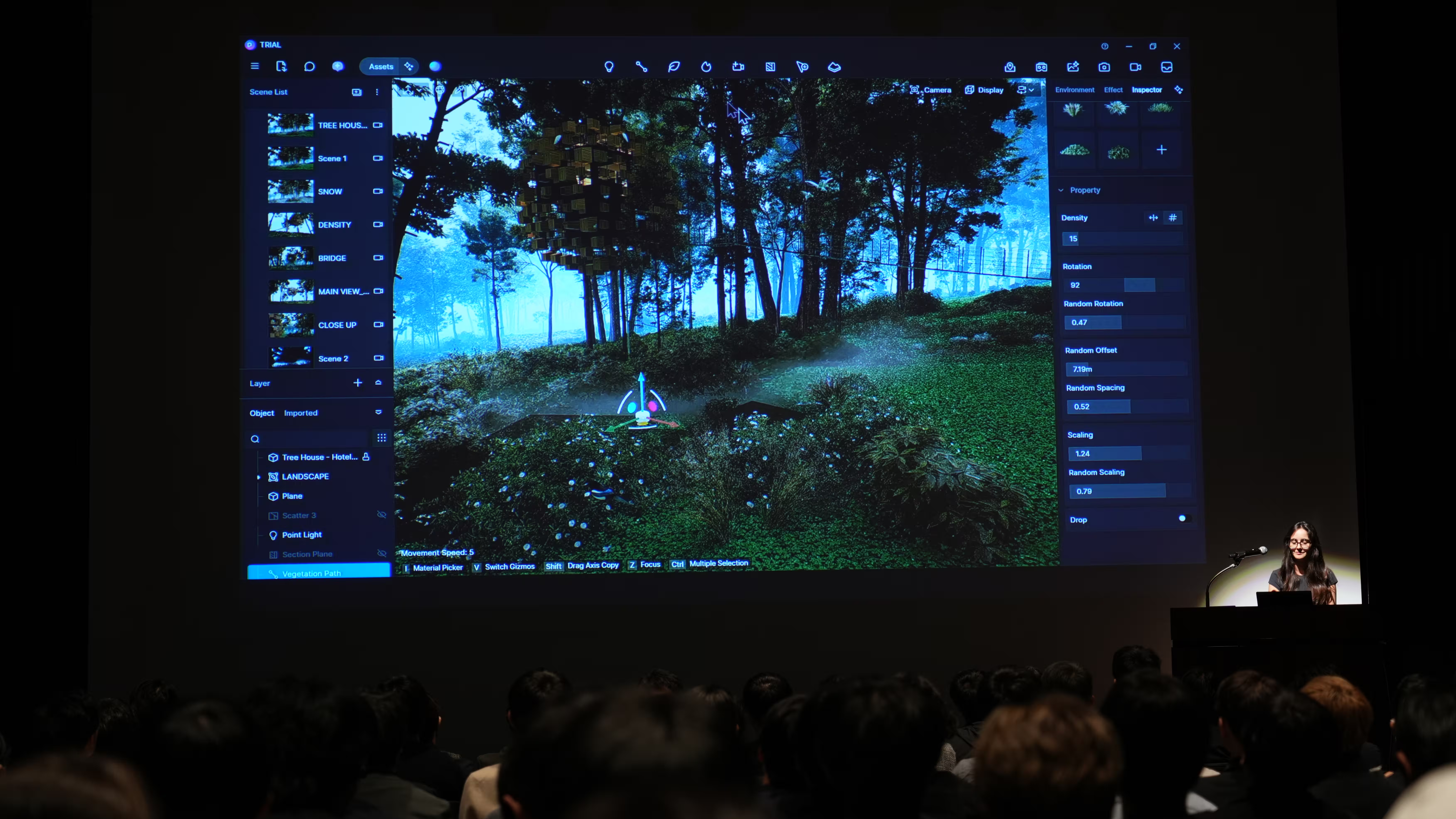
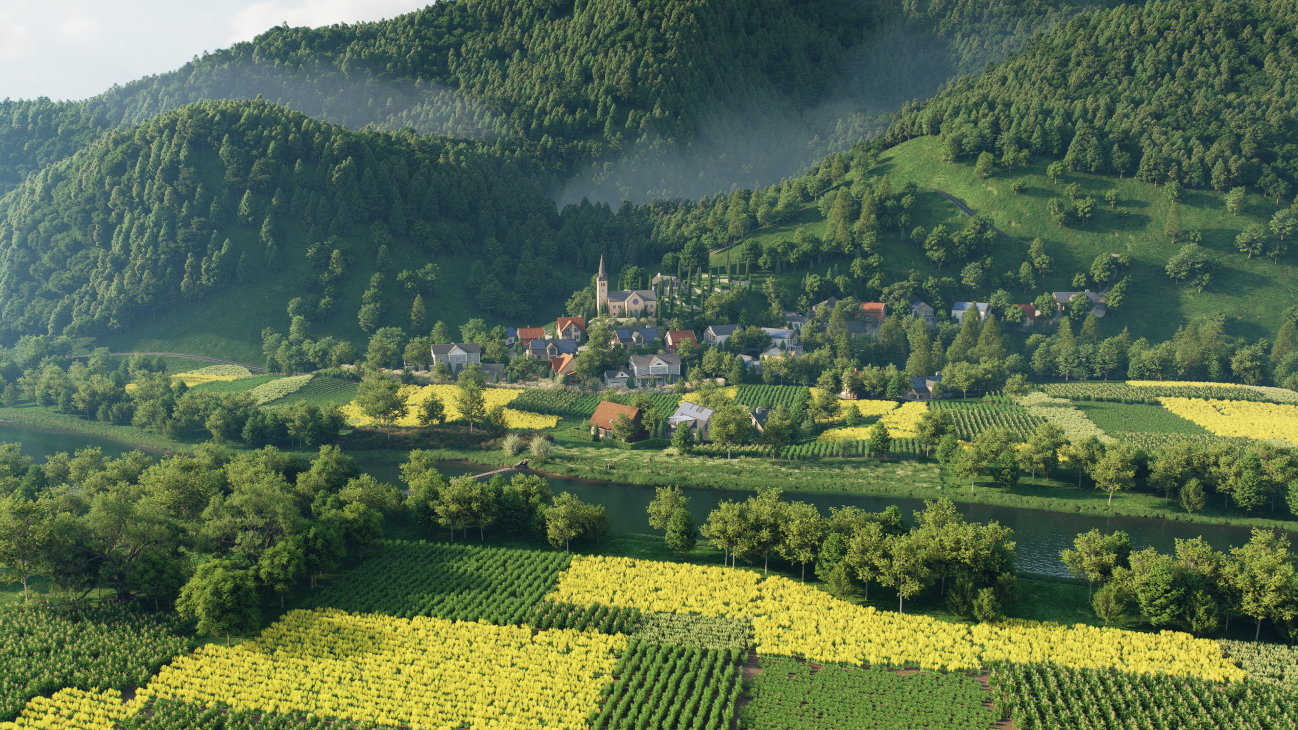
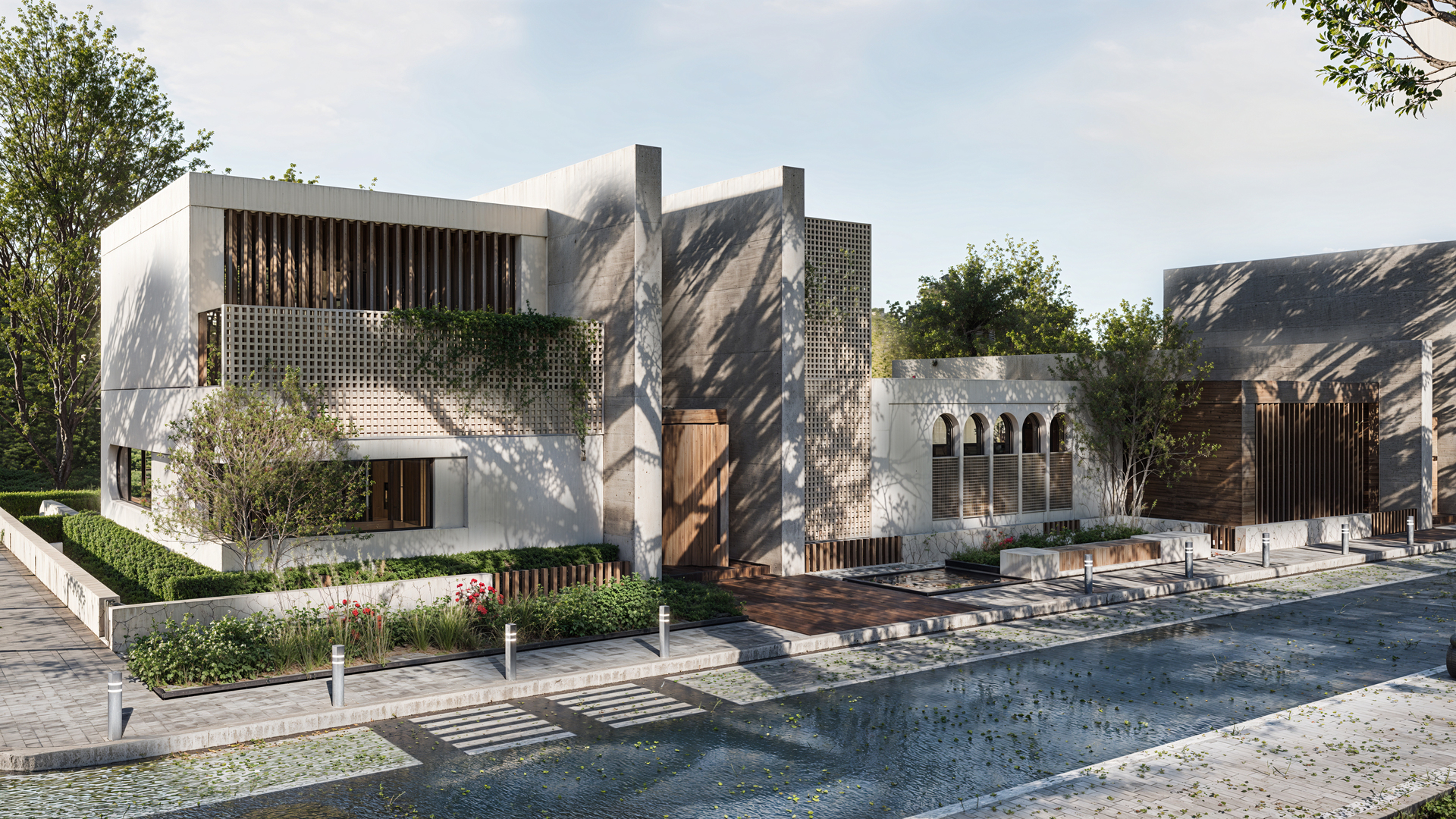
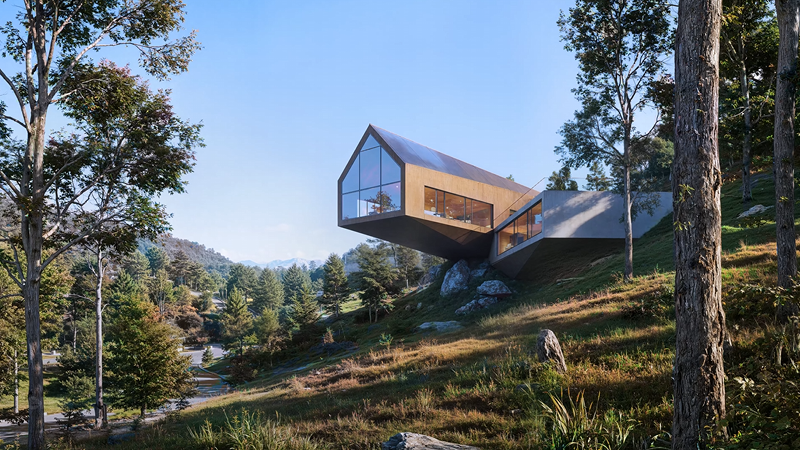
%20(1).png)
.png)
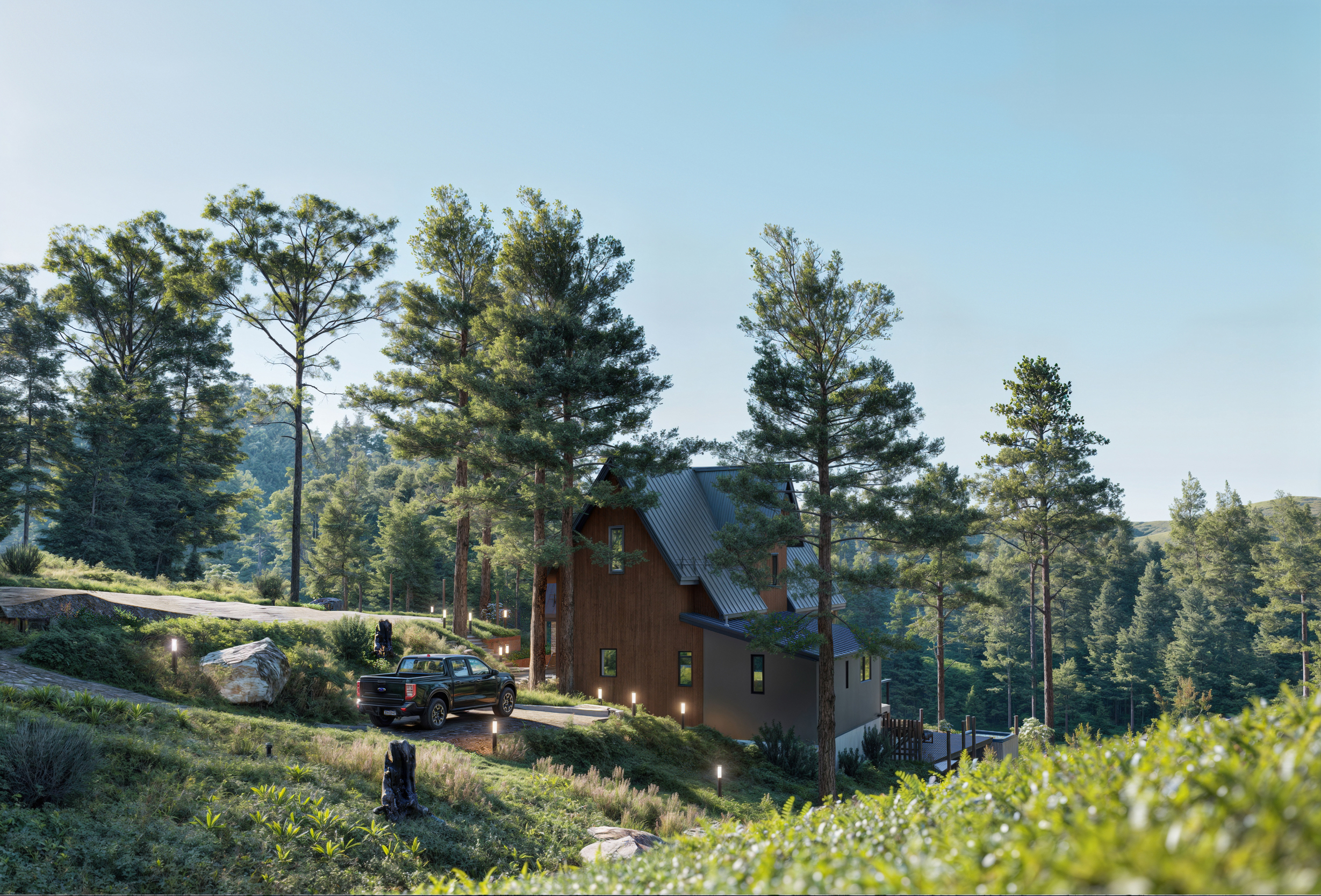
.png)

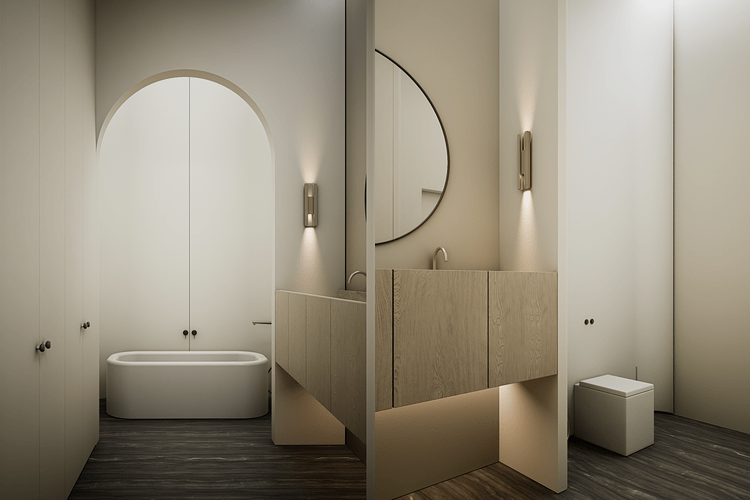
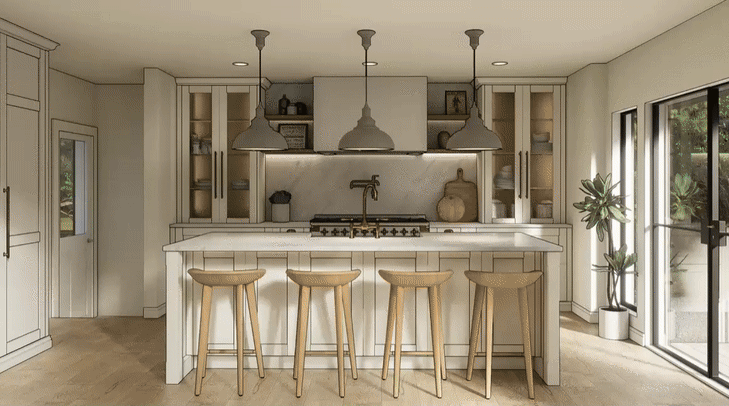
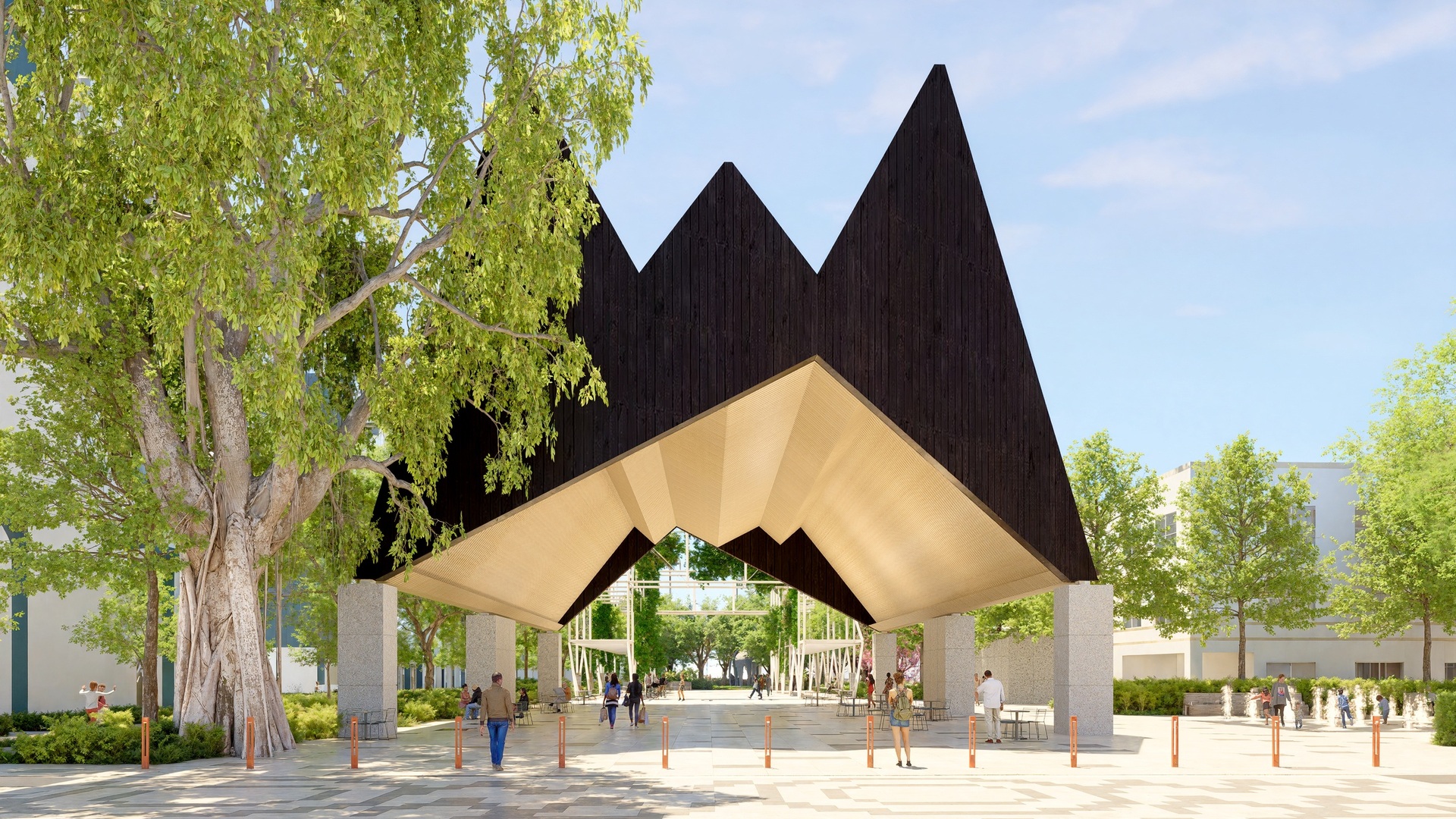

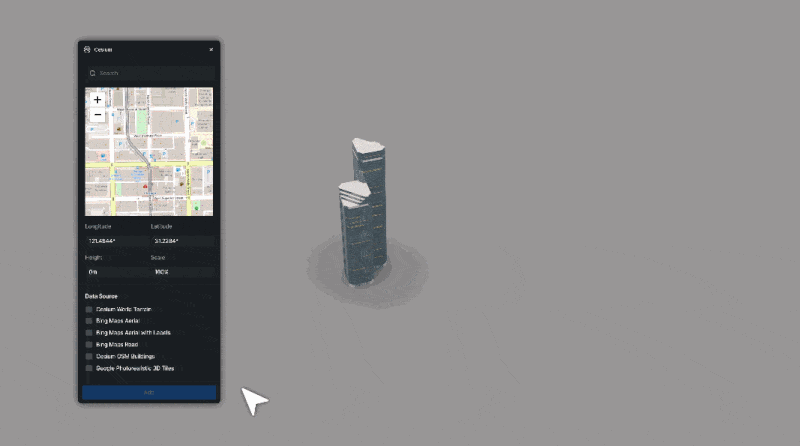
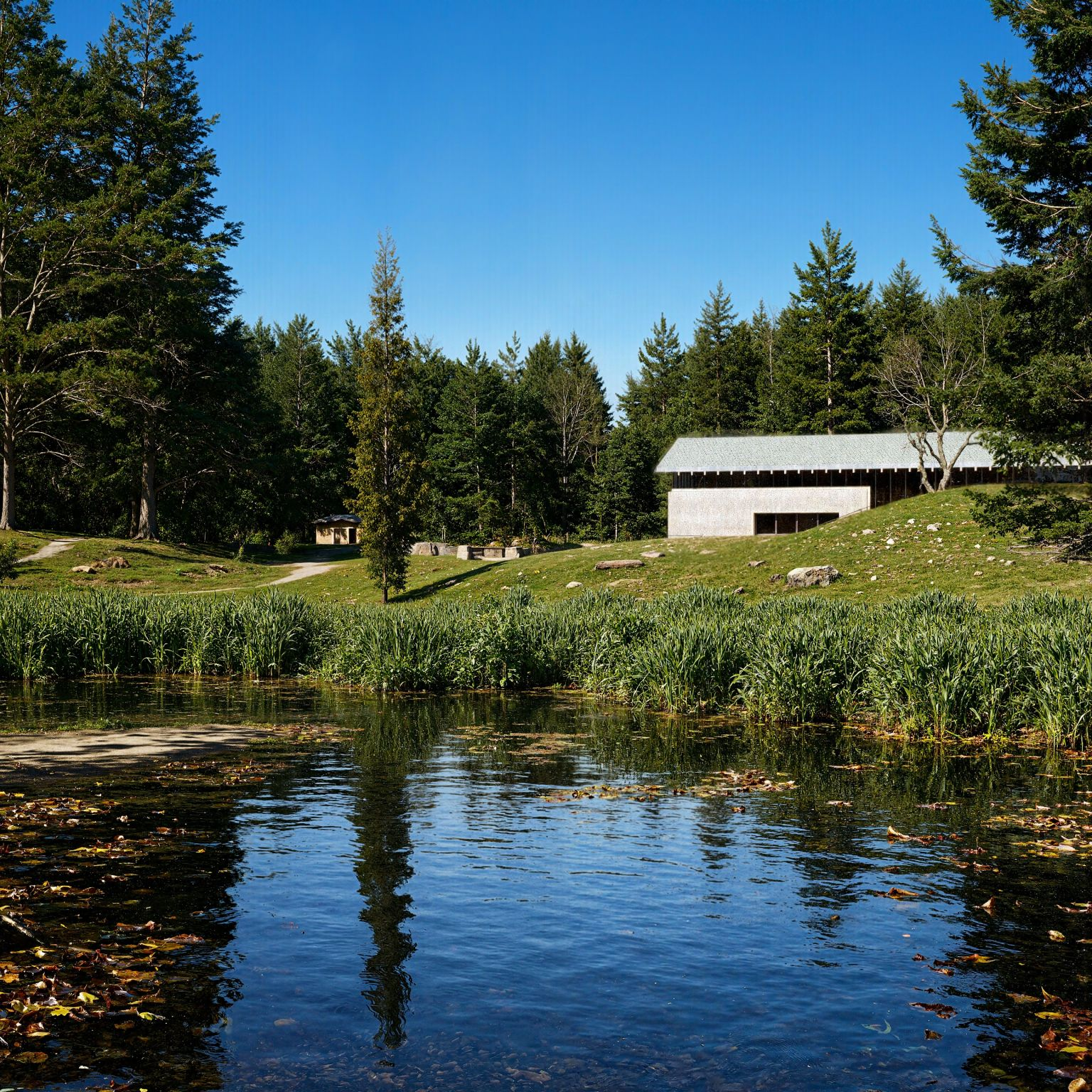


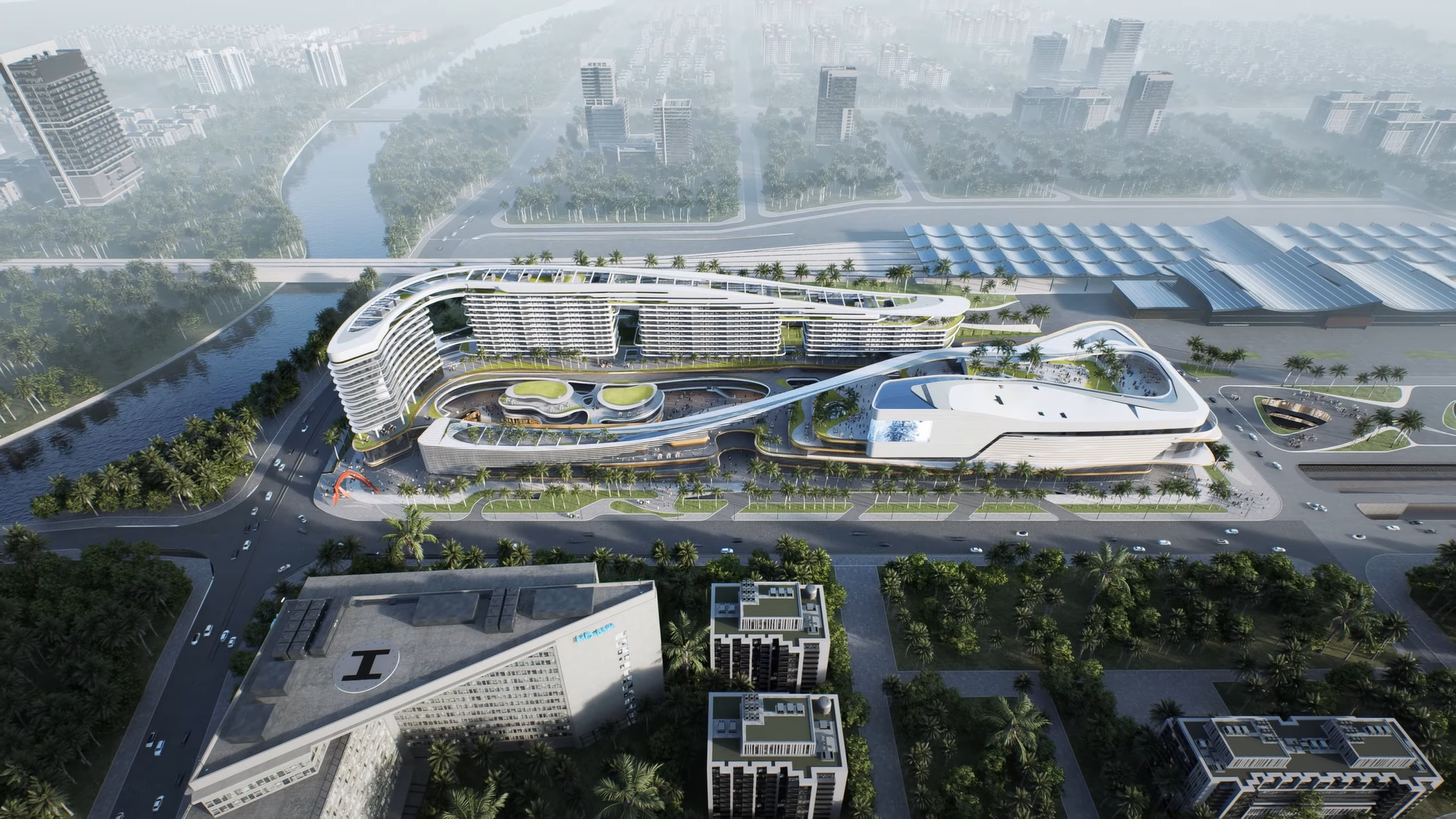

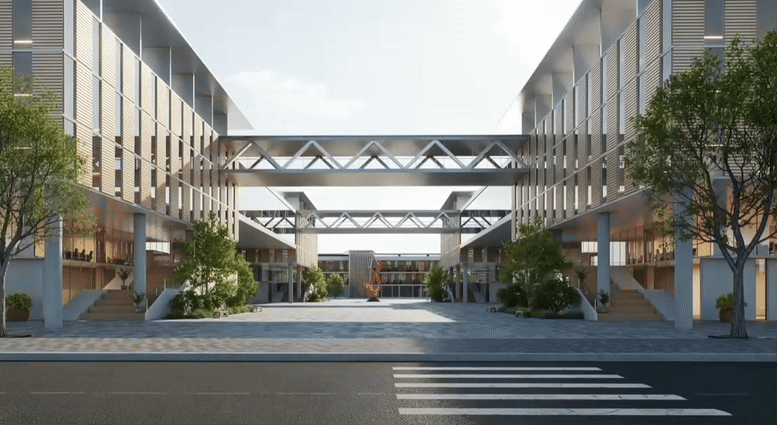
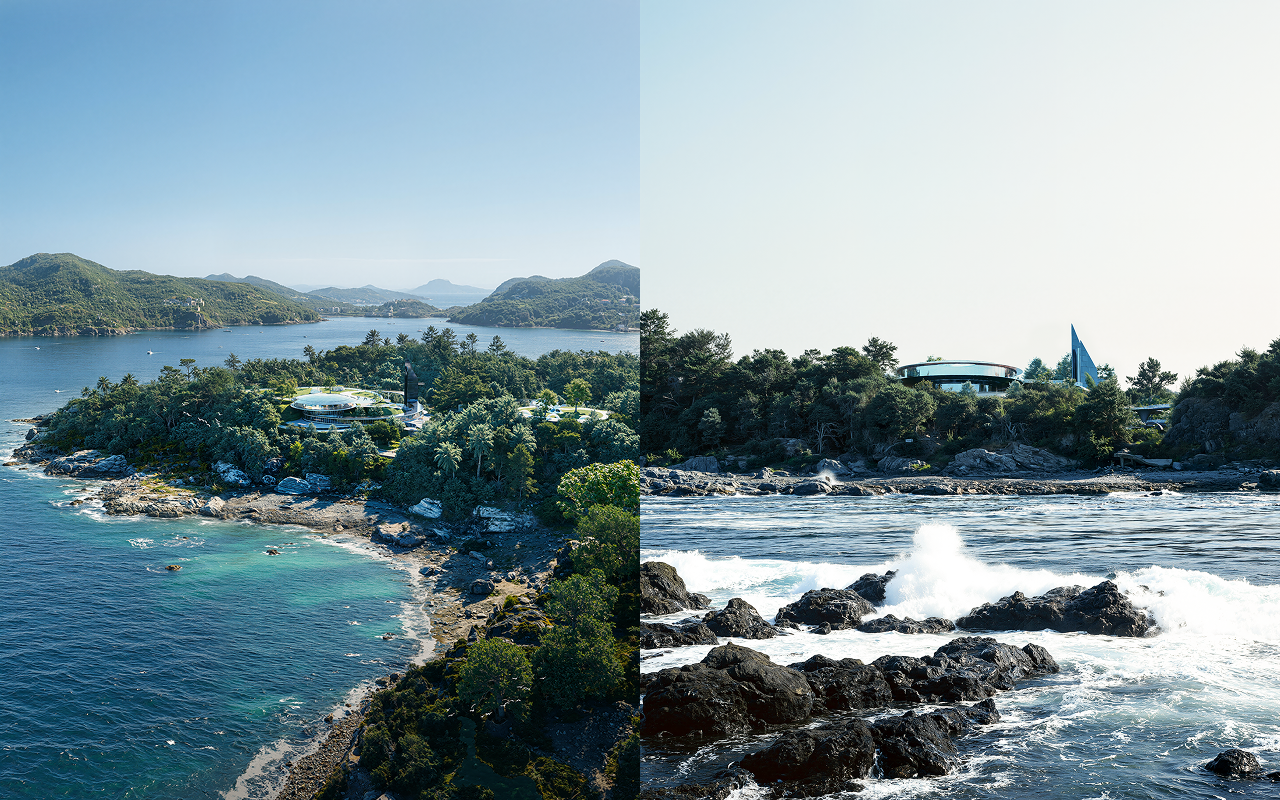
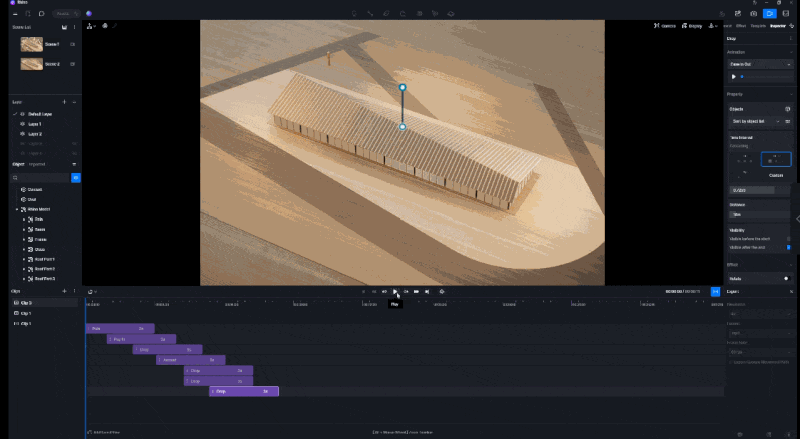
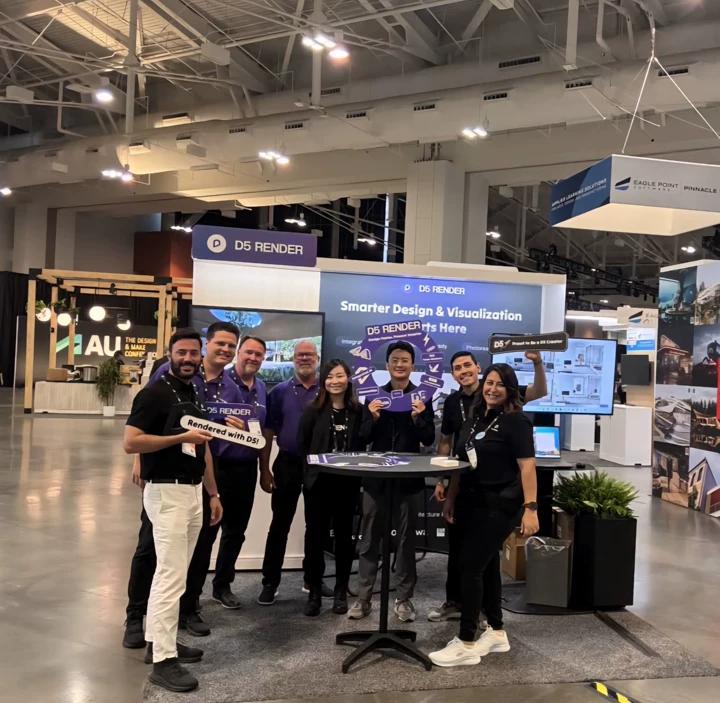



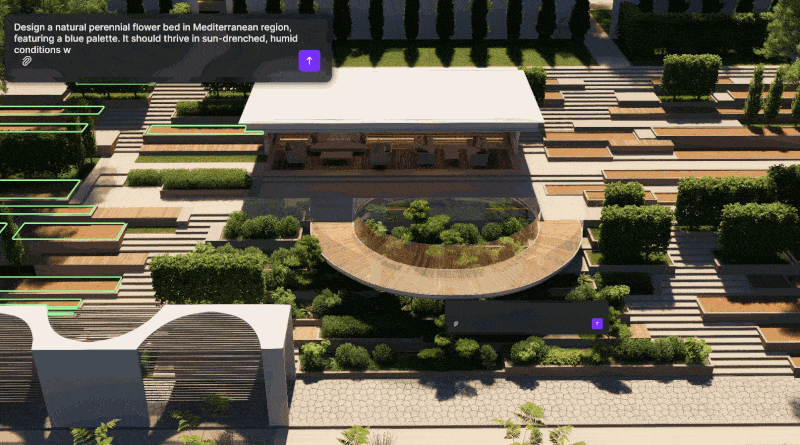
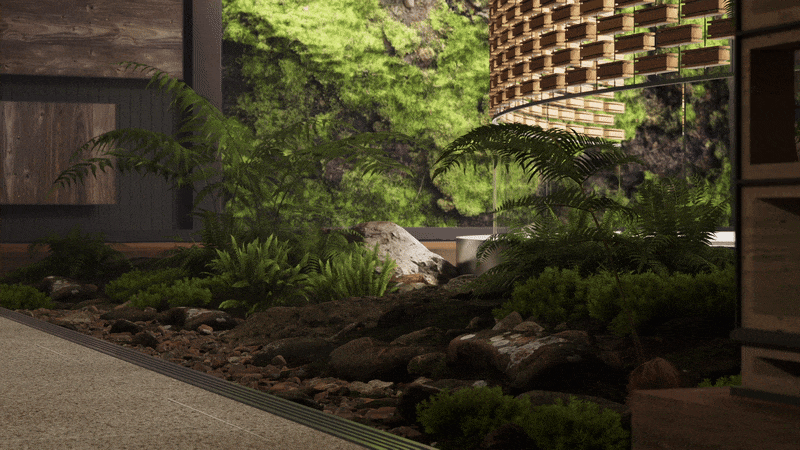

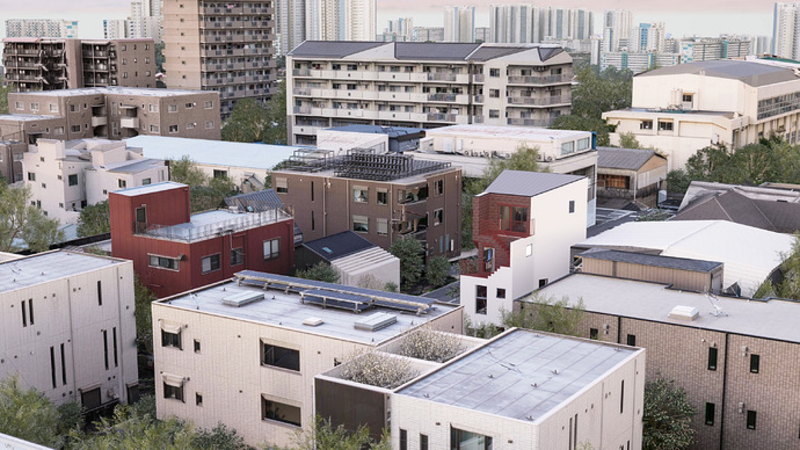
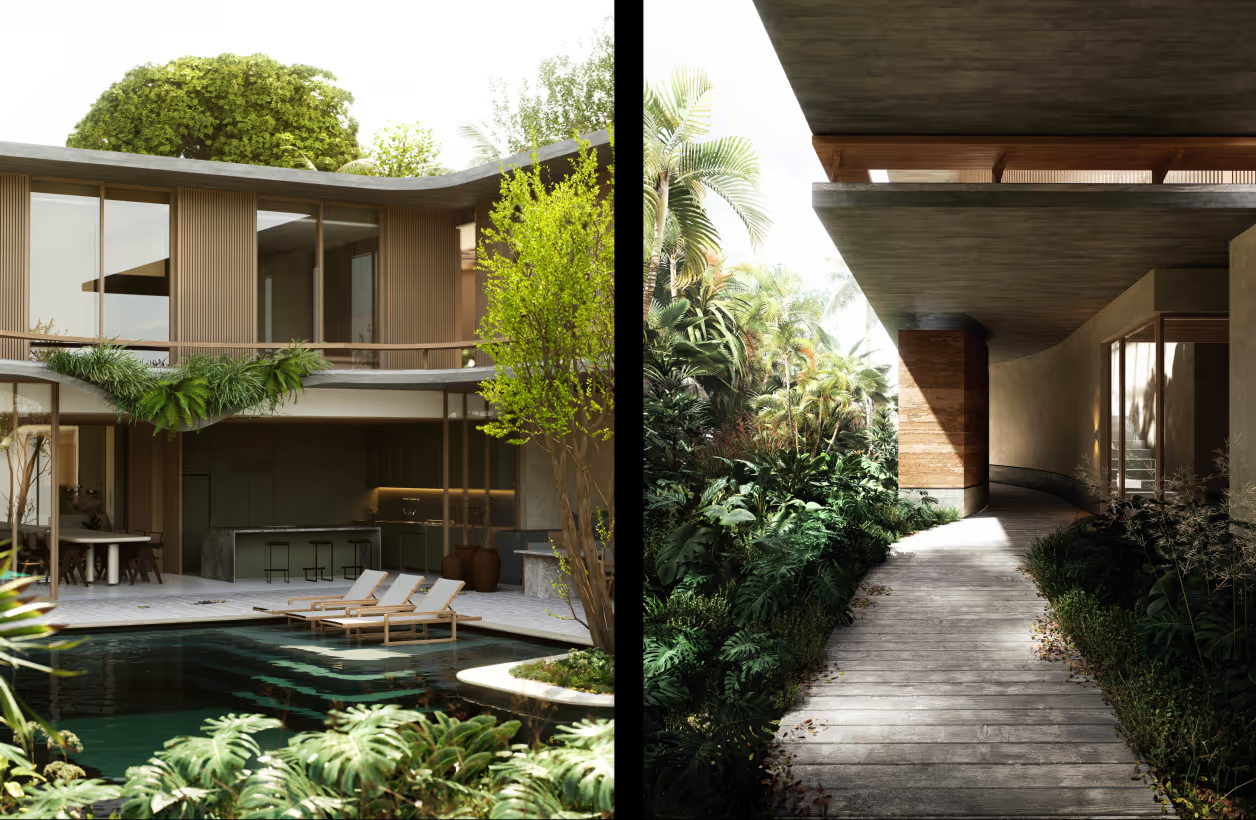
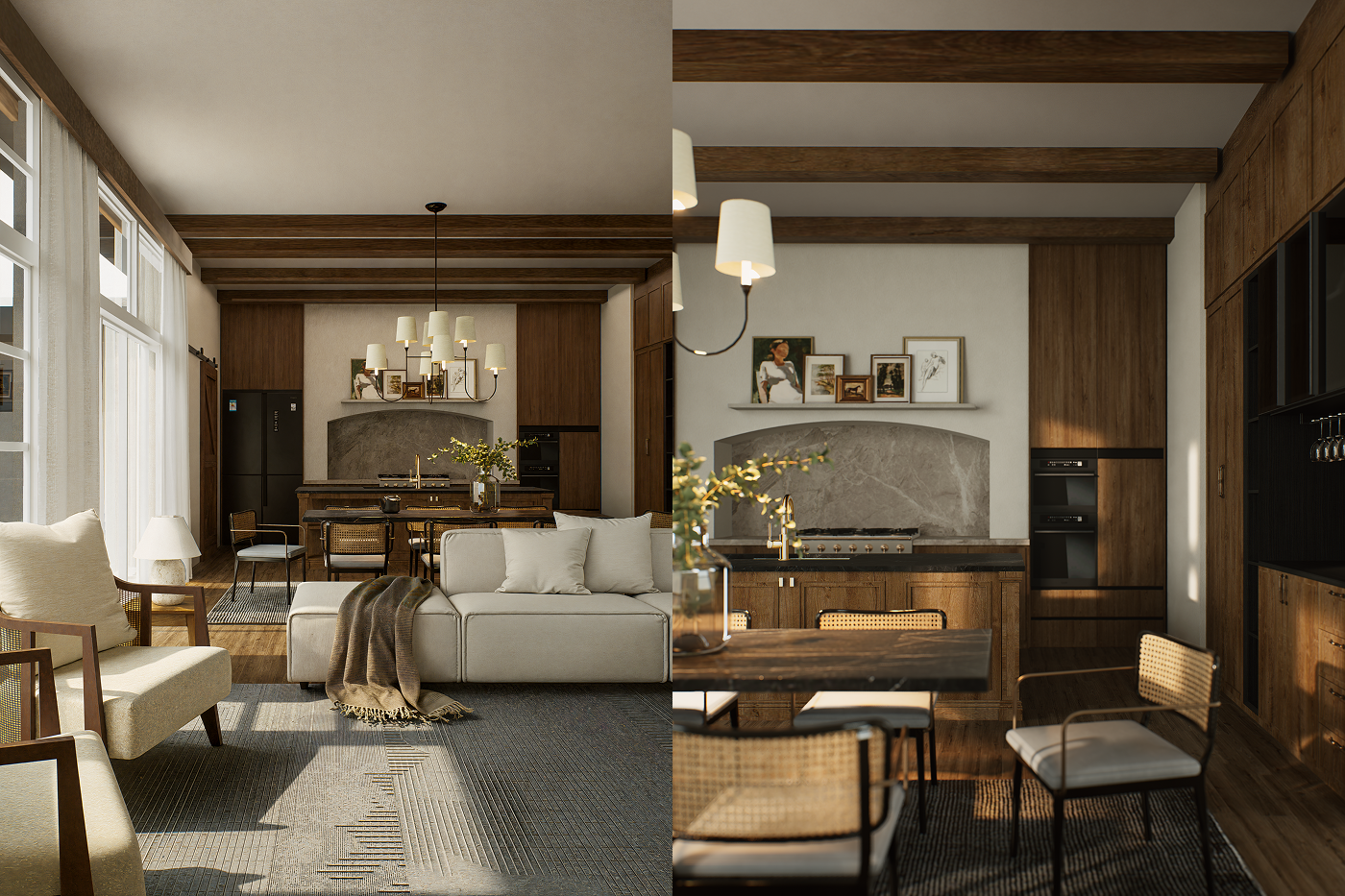
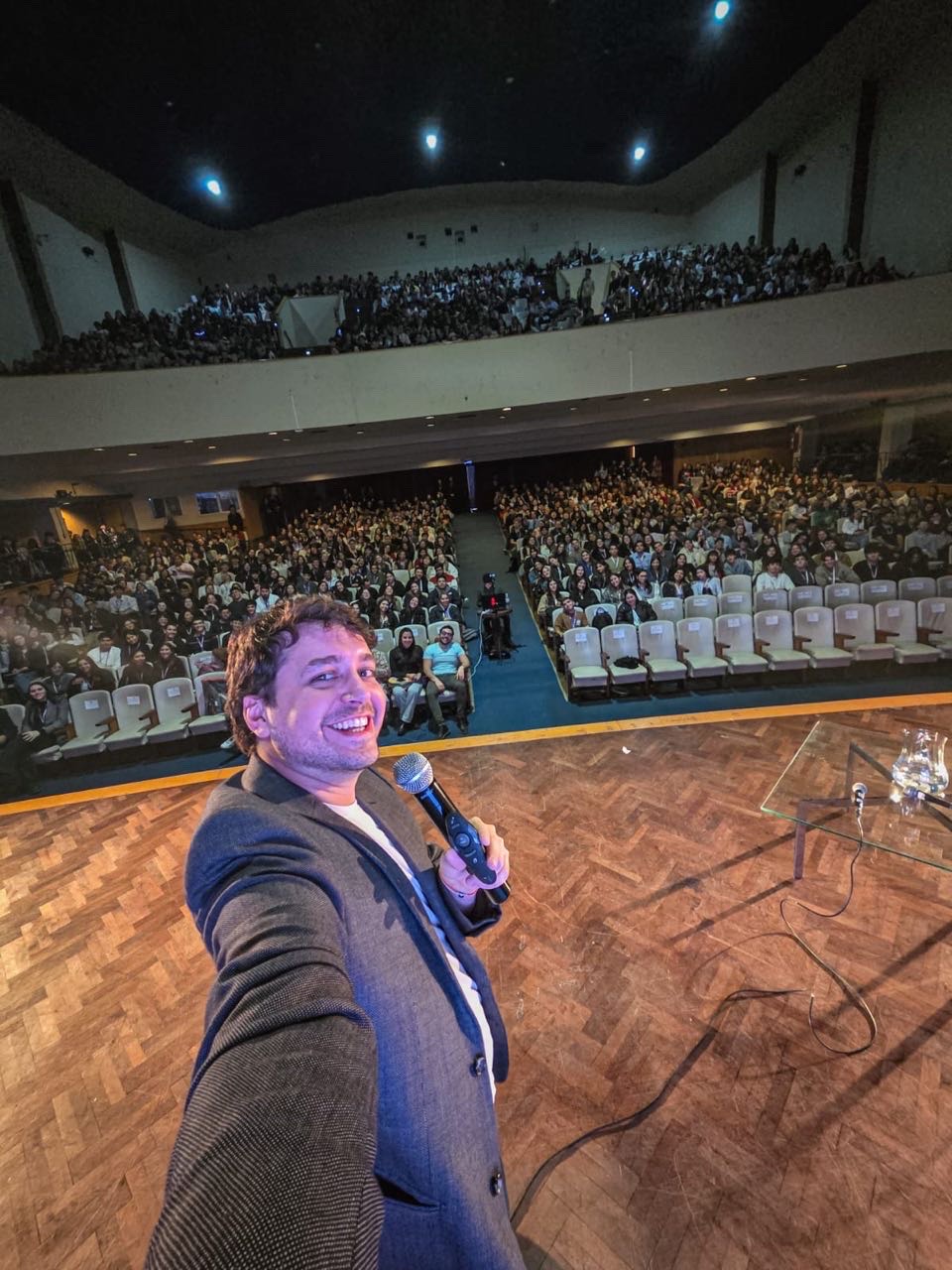
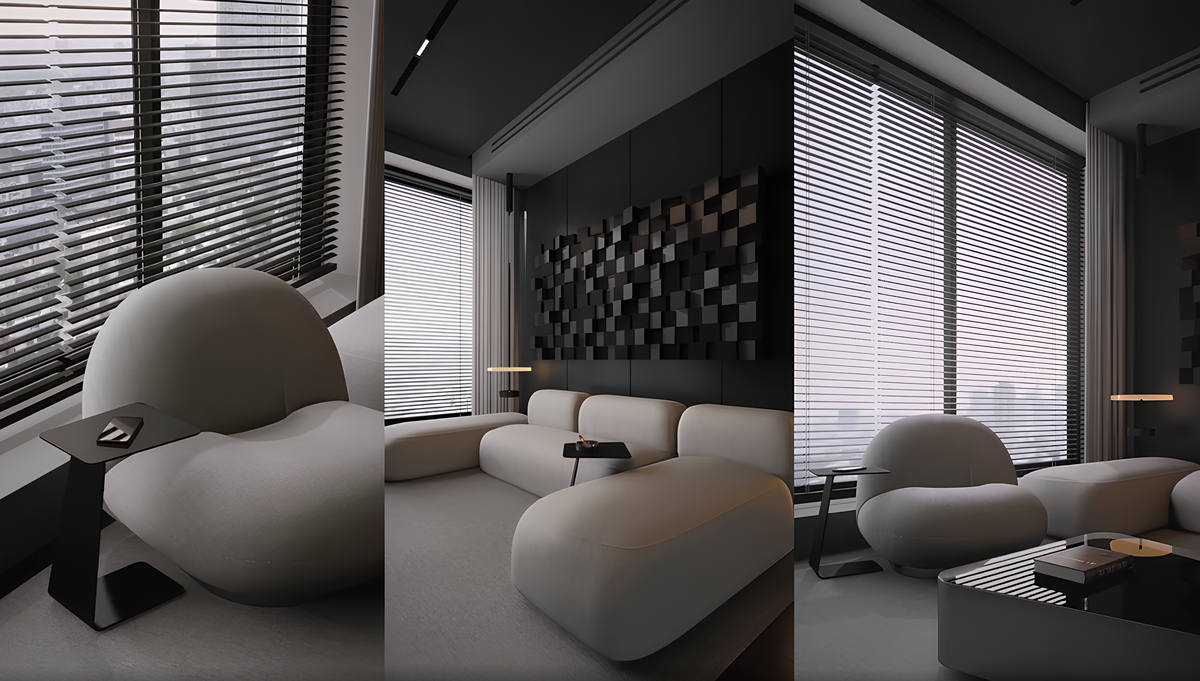
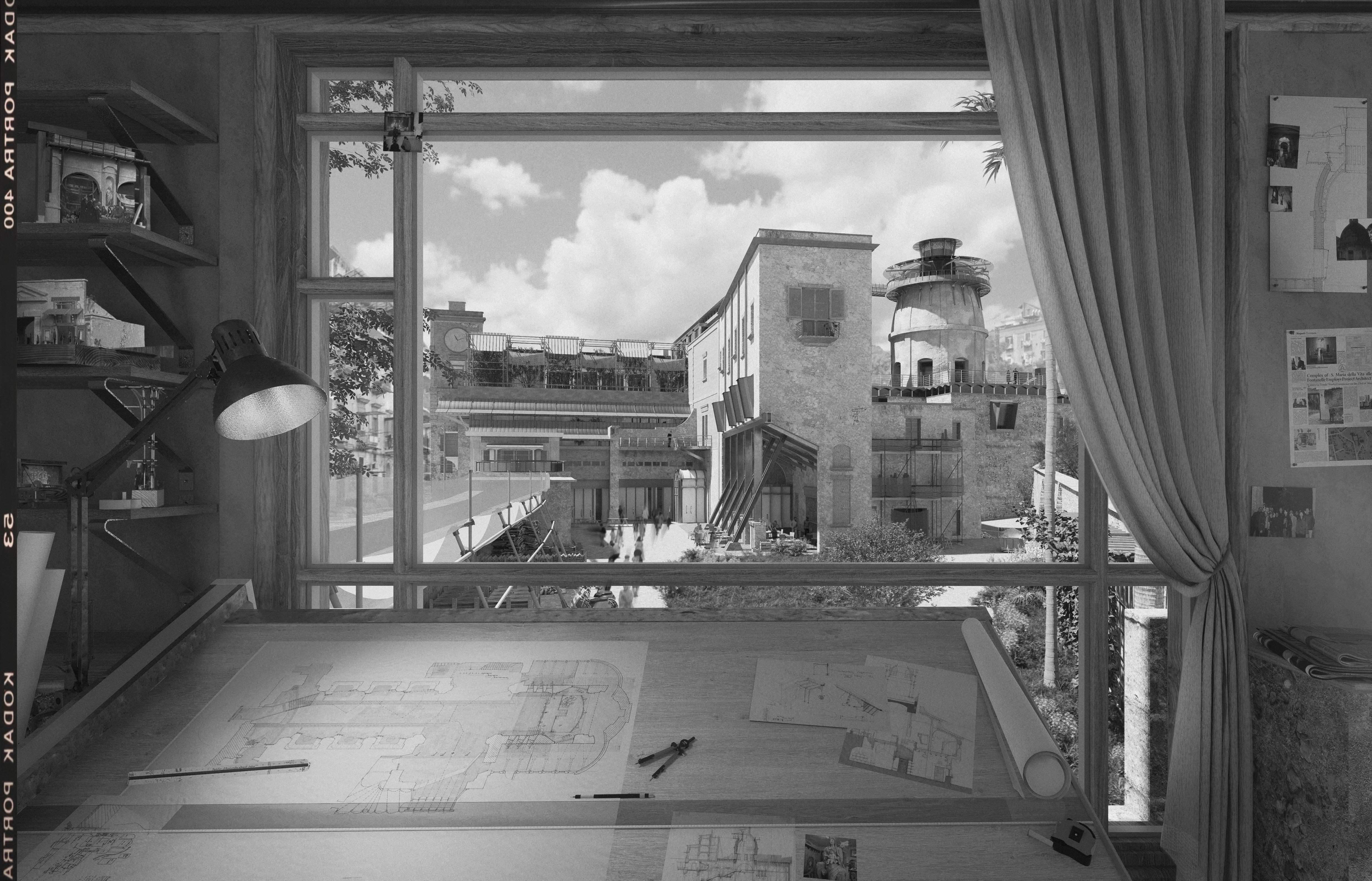

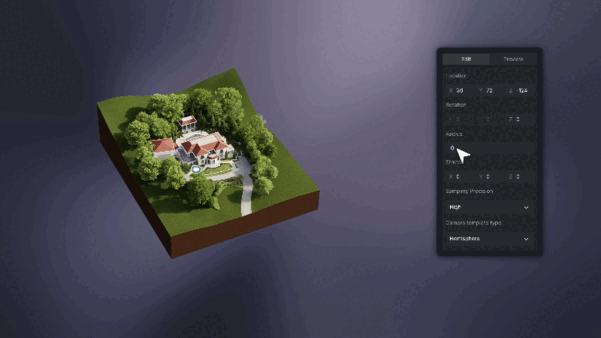
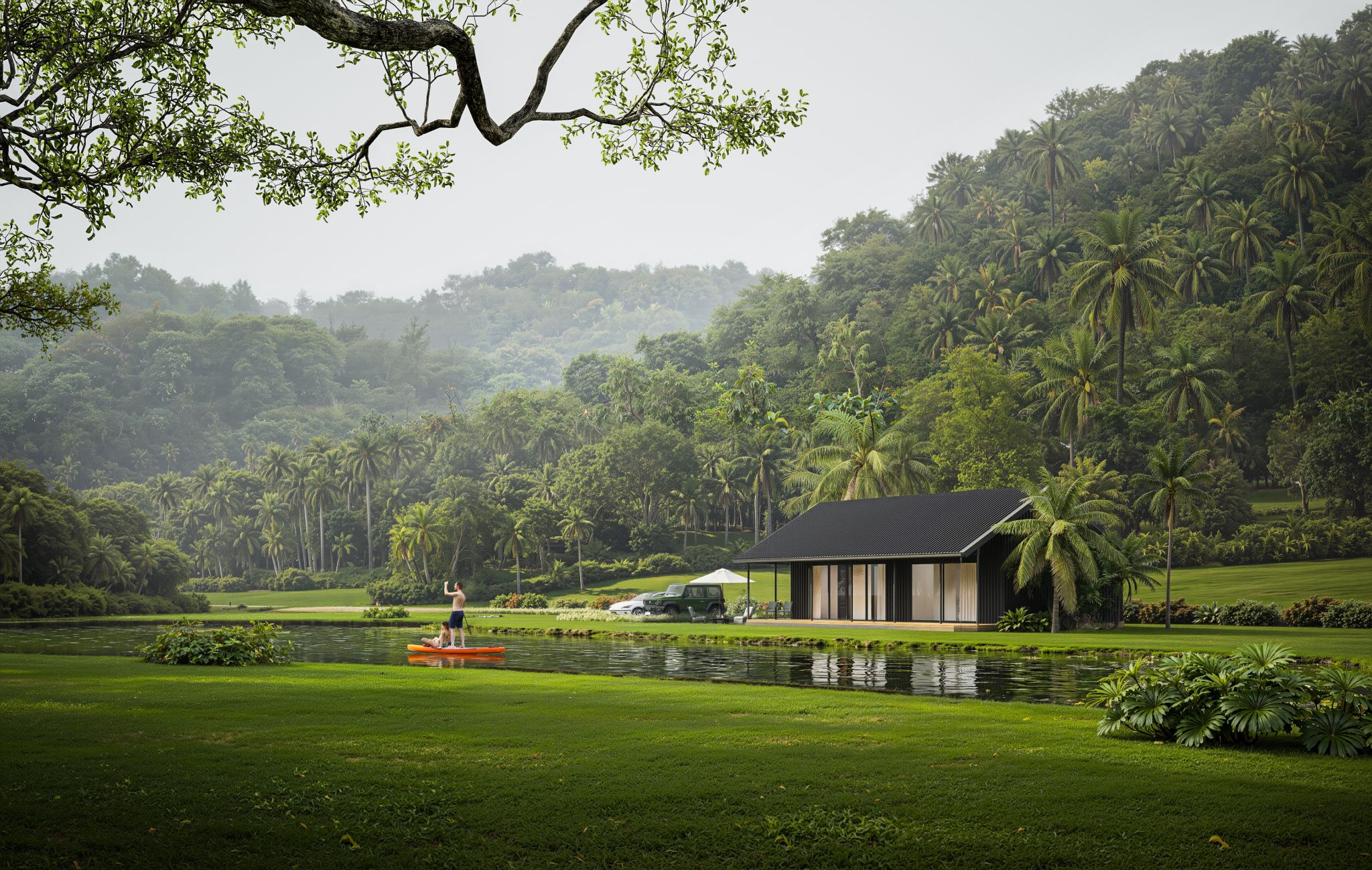
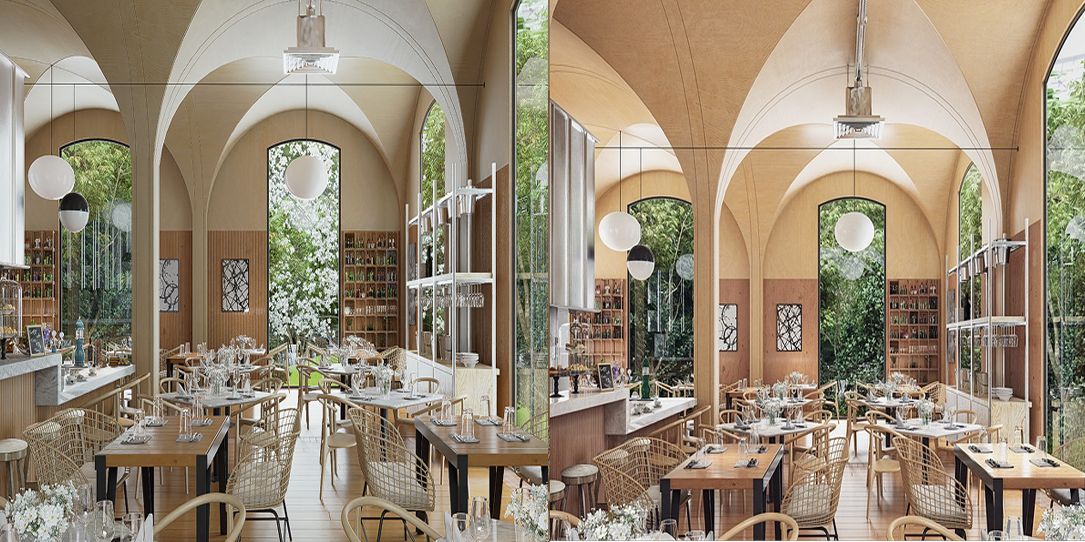
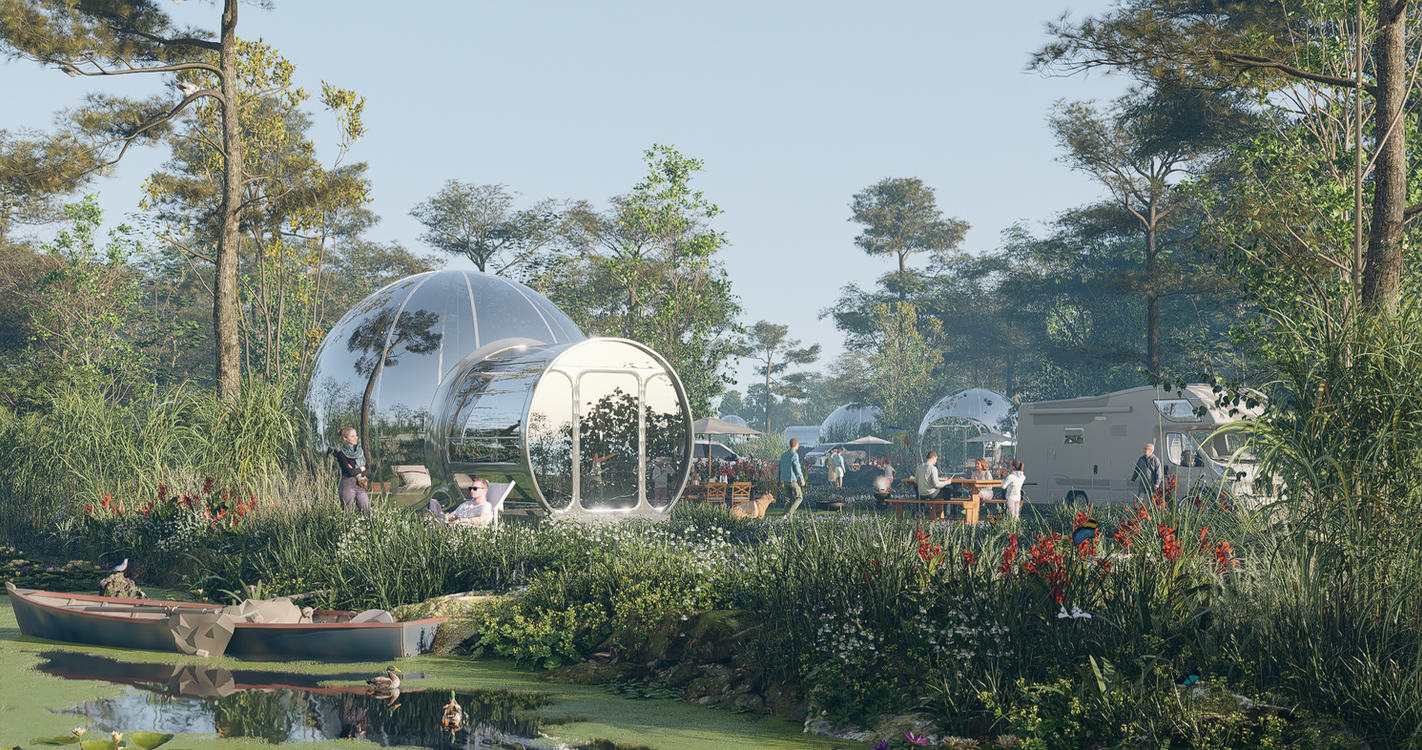
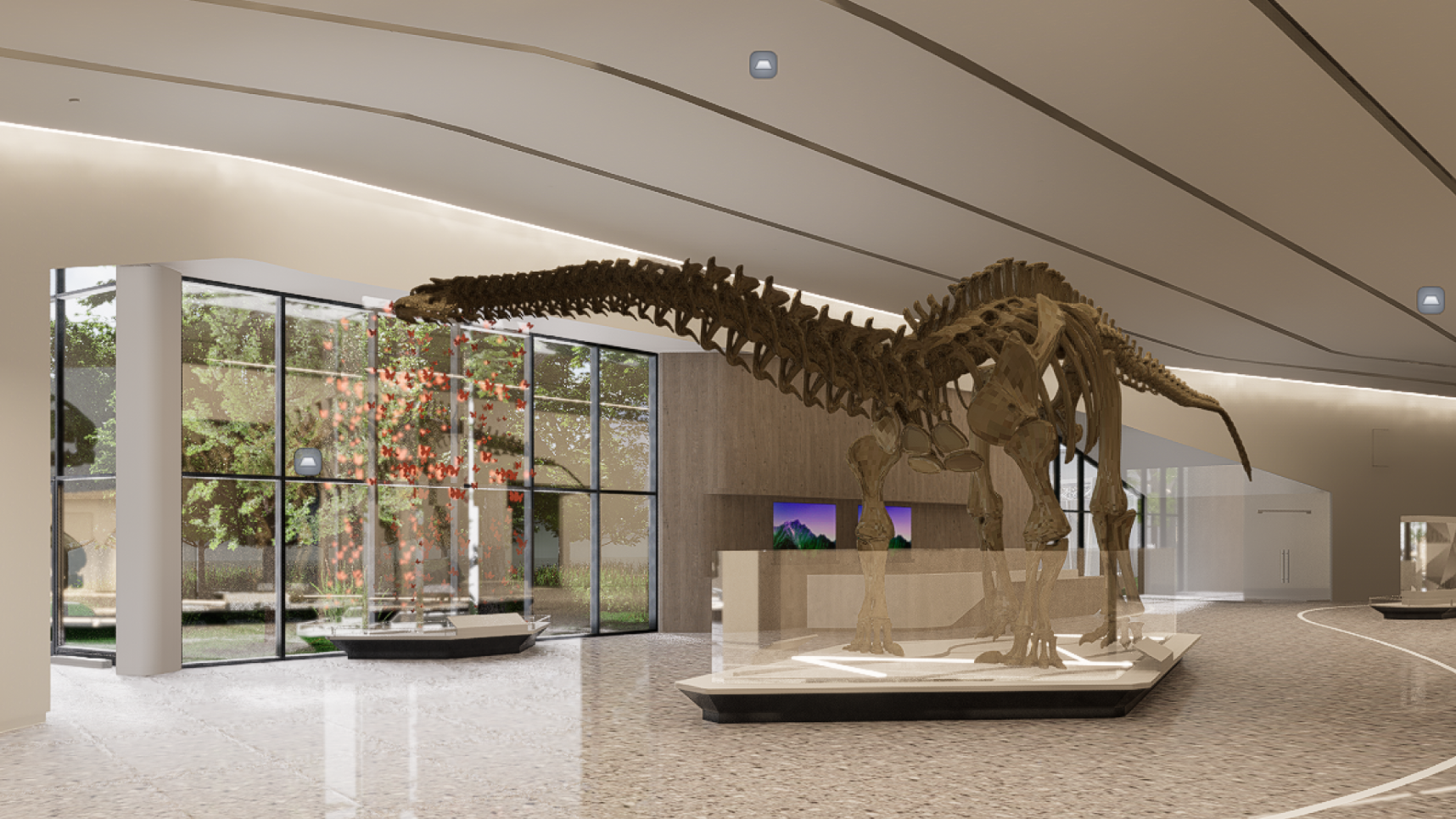
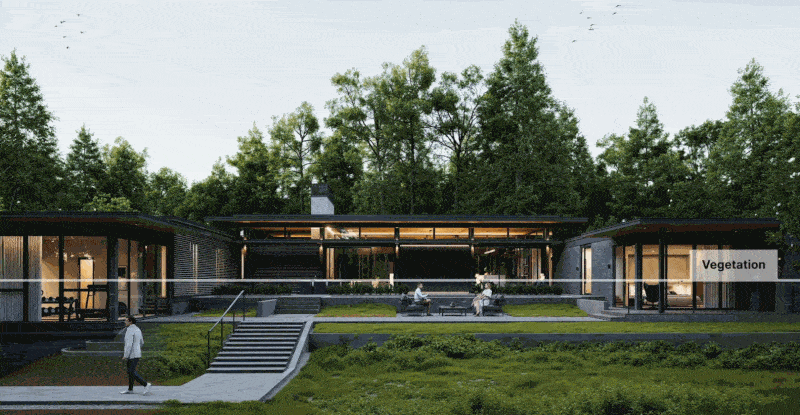
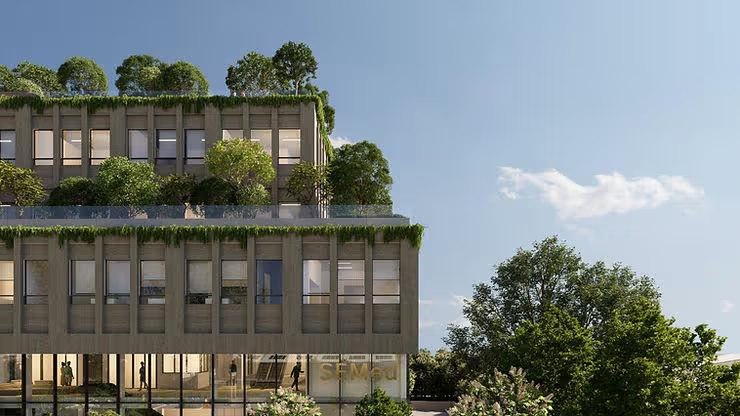
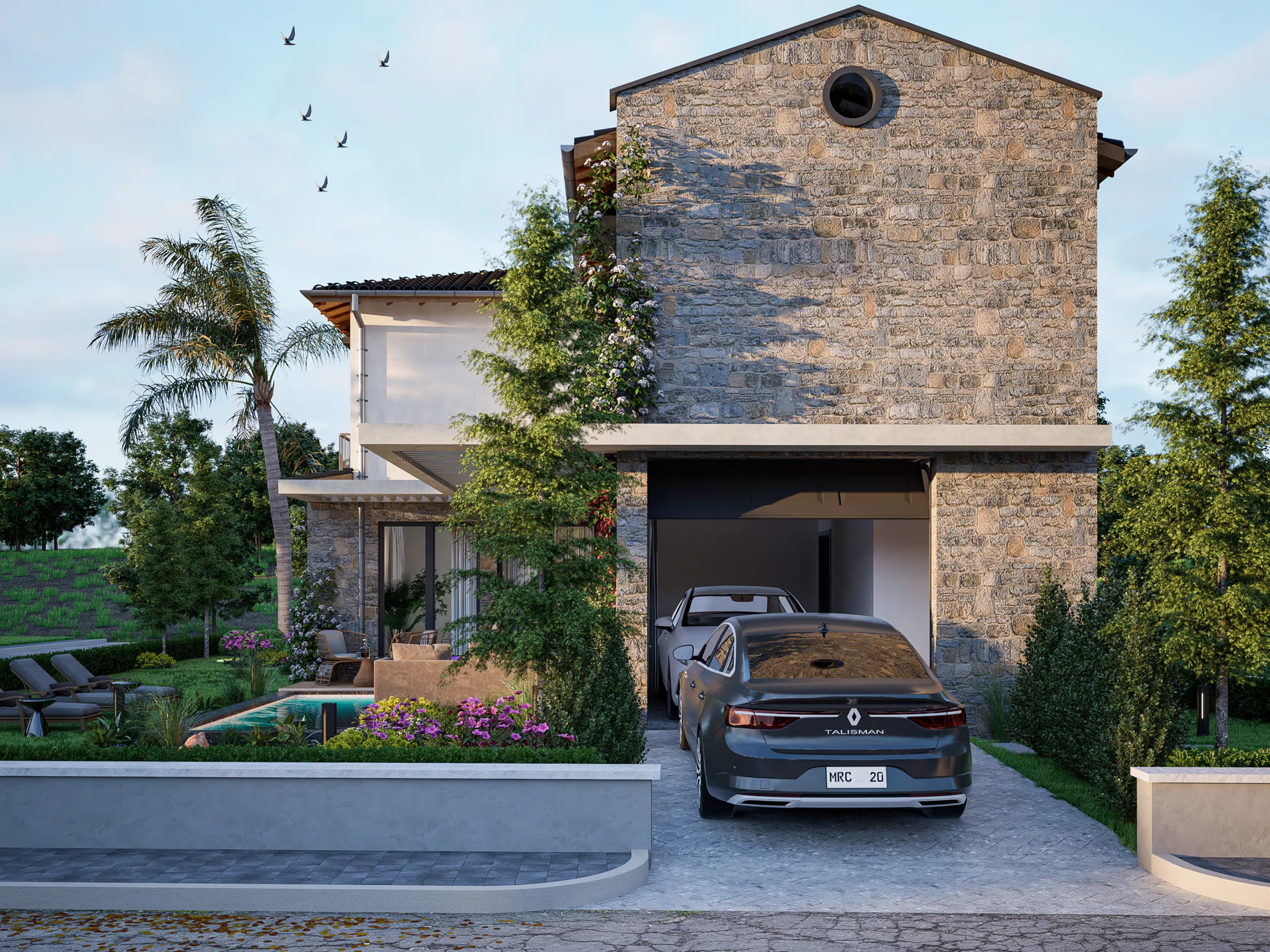
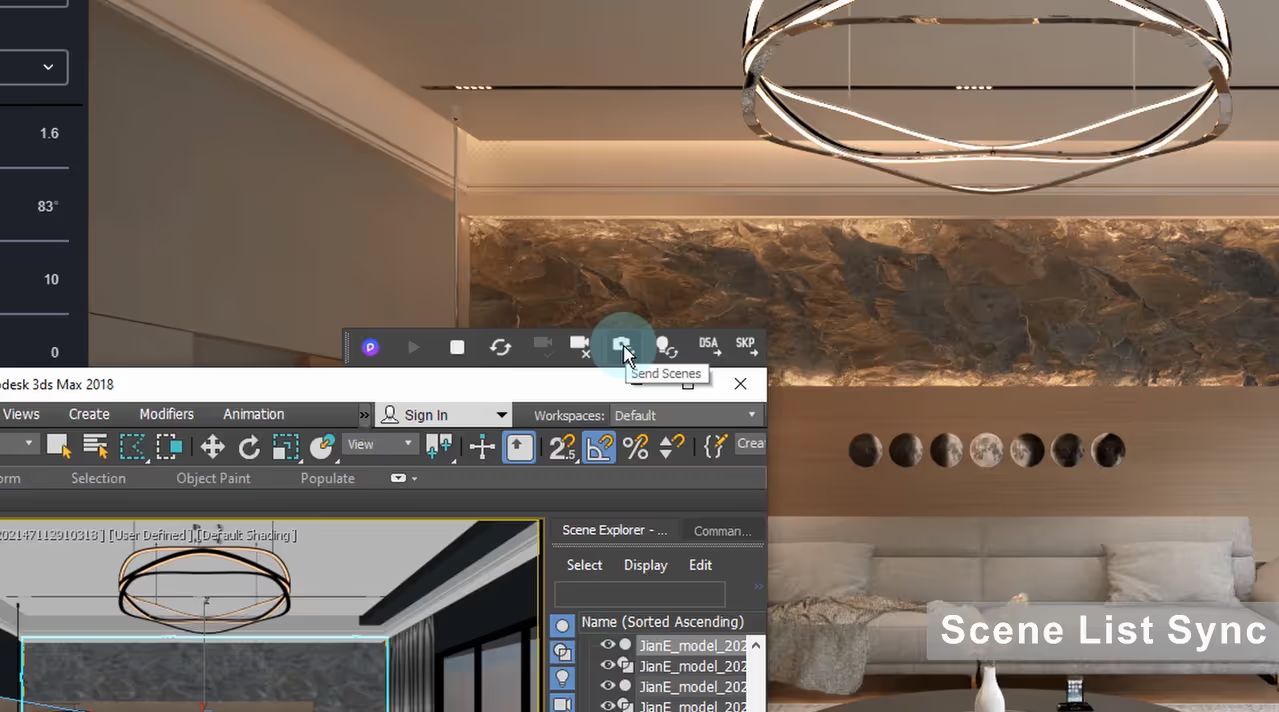


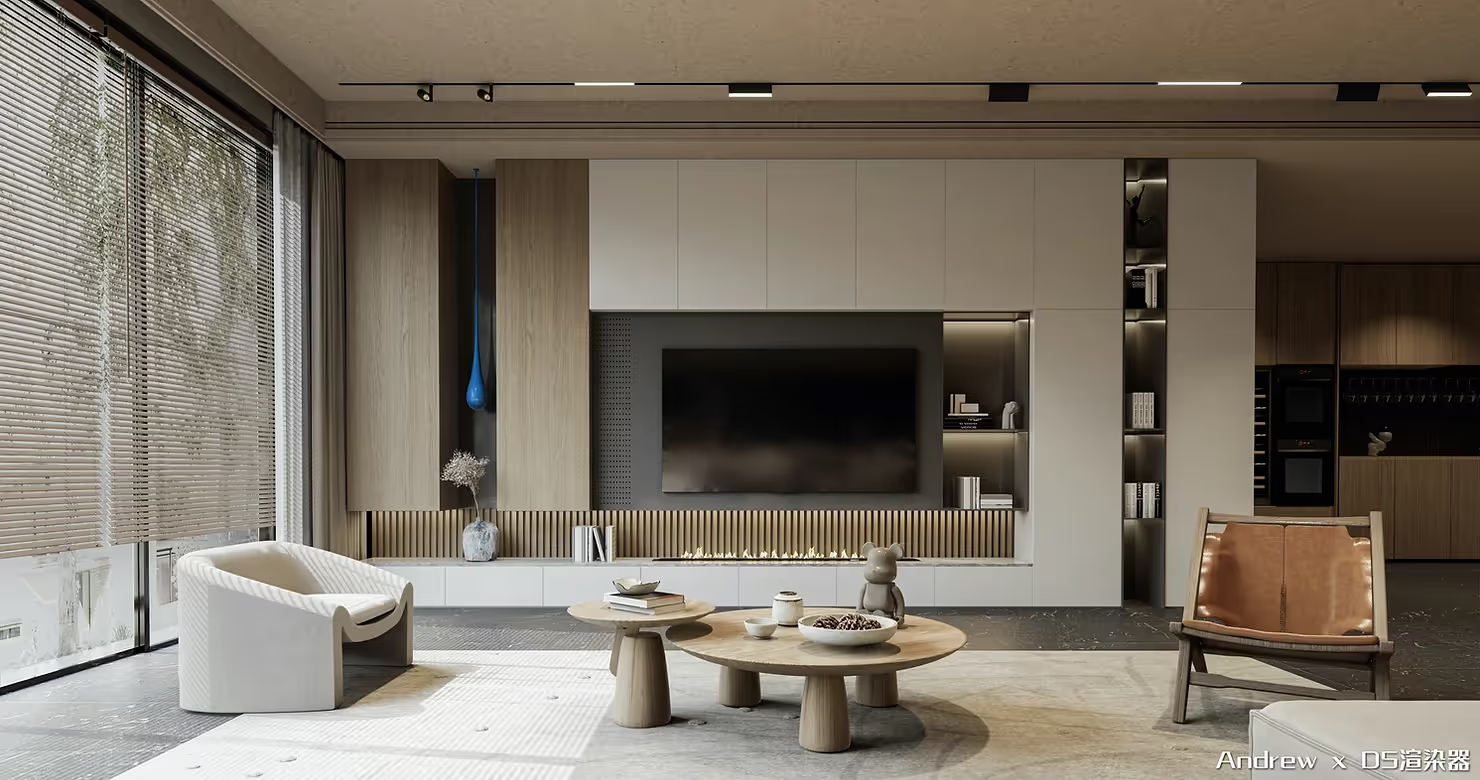
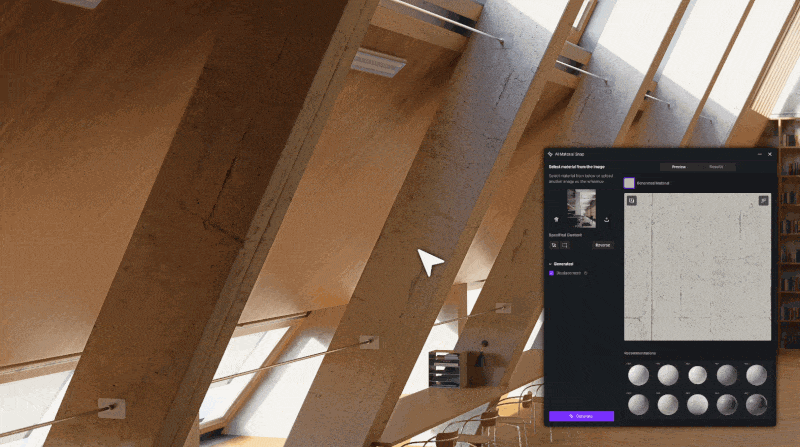
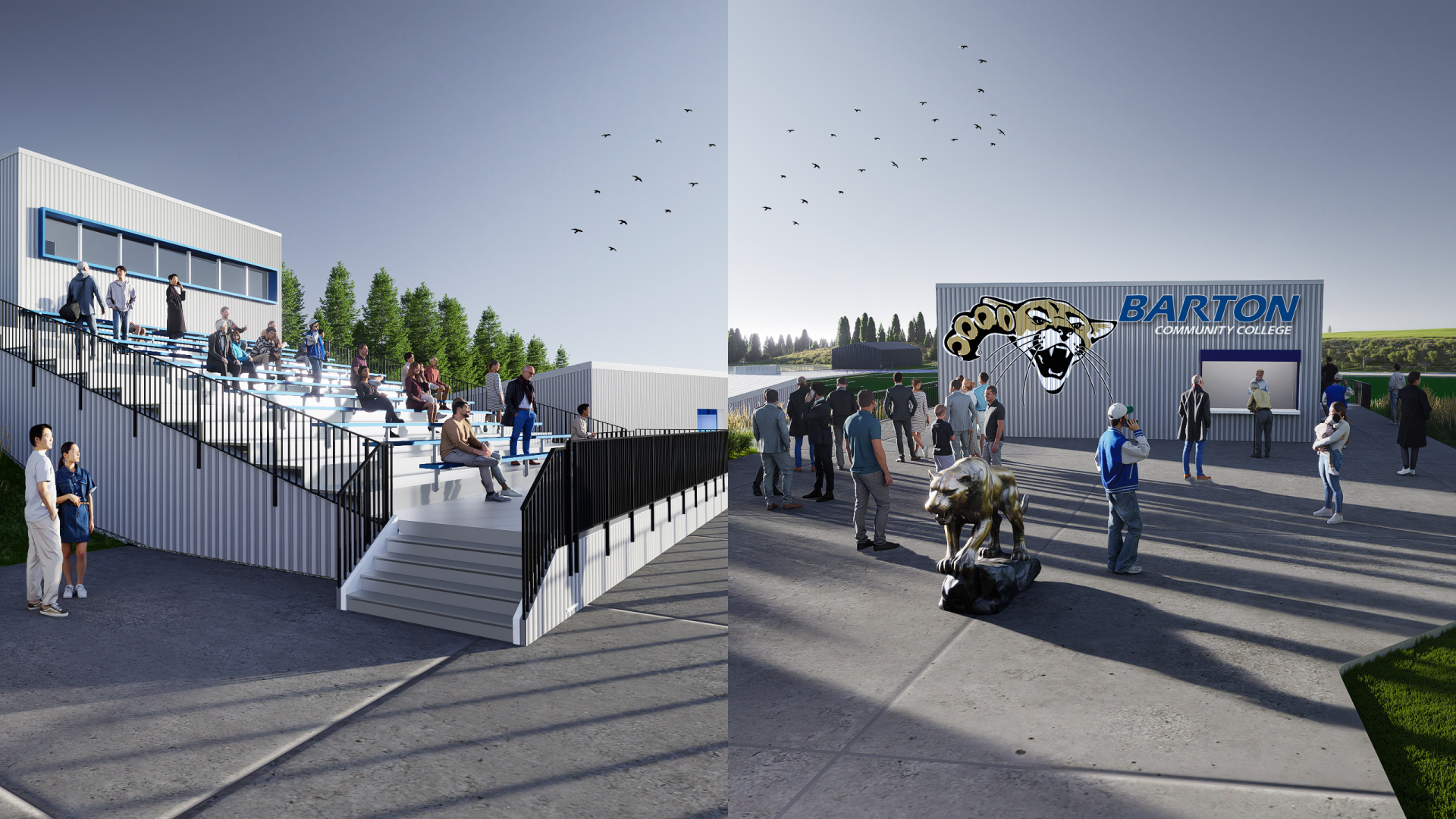
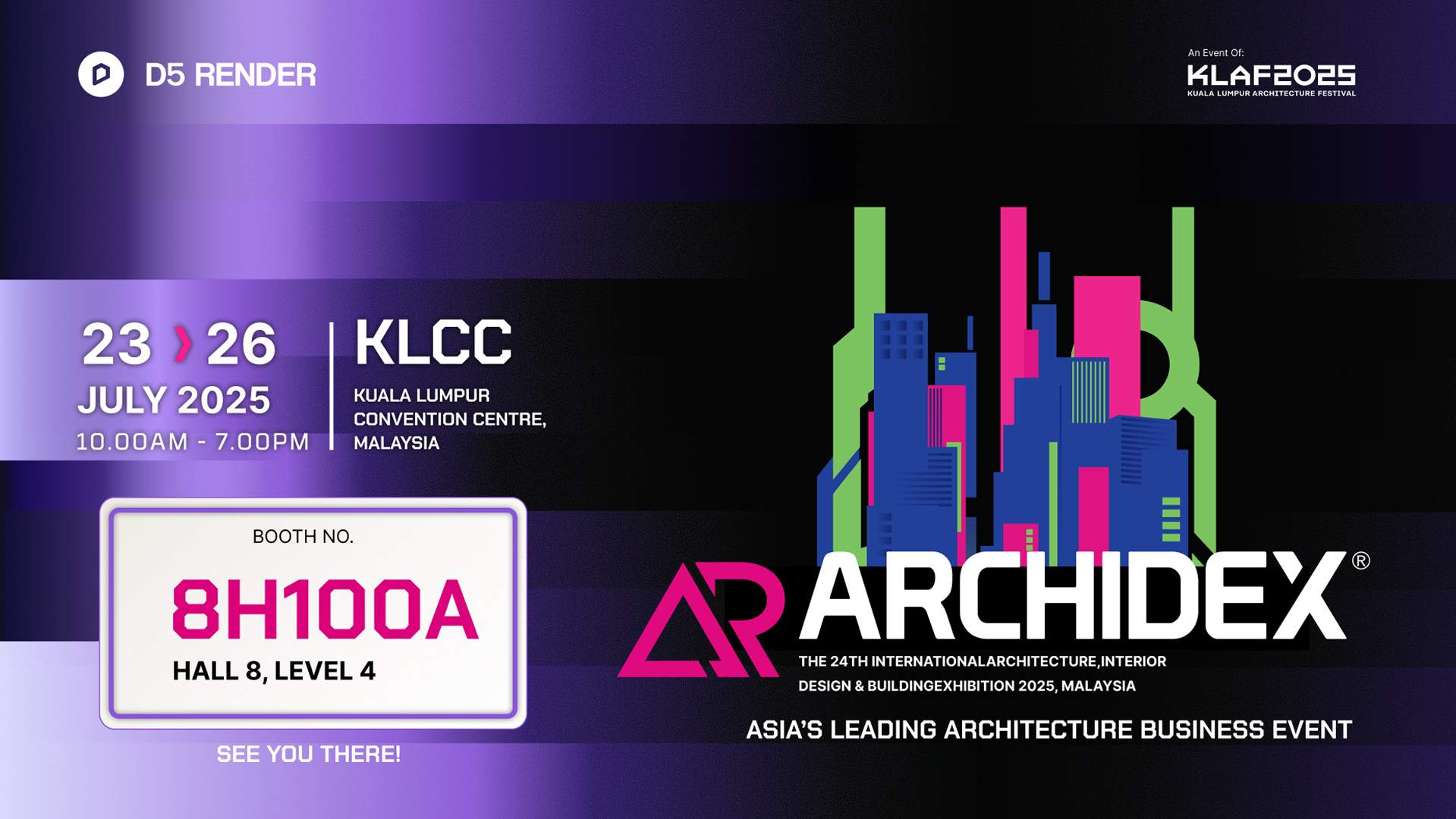
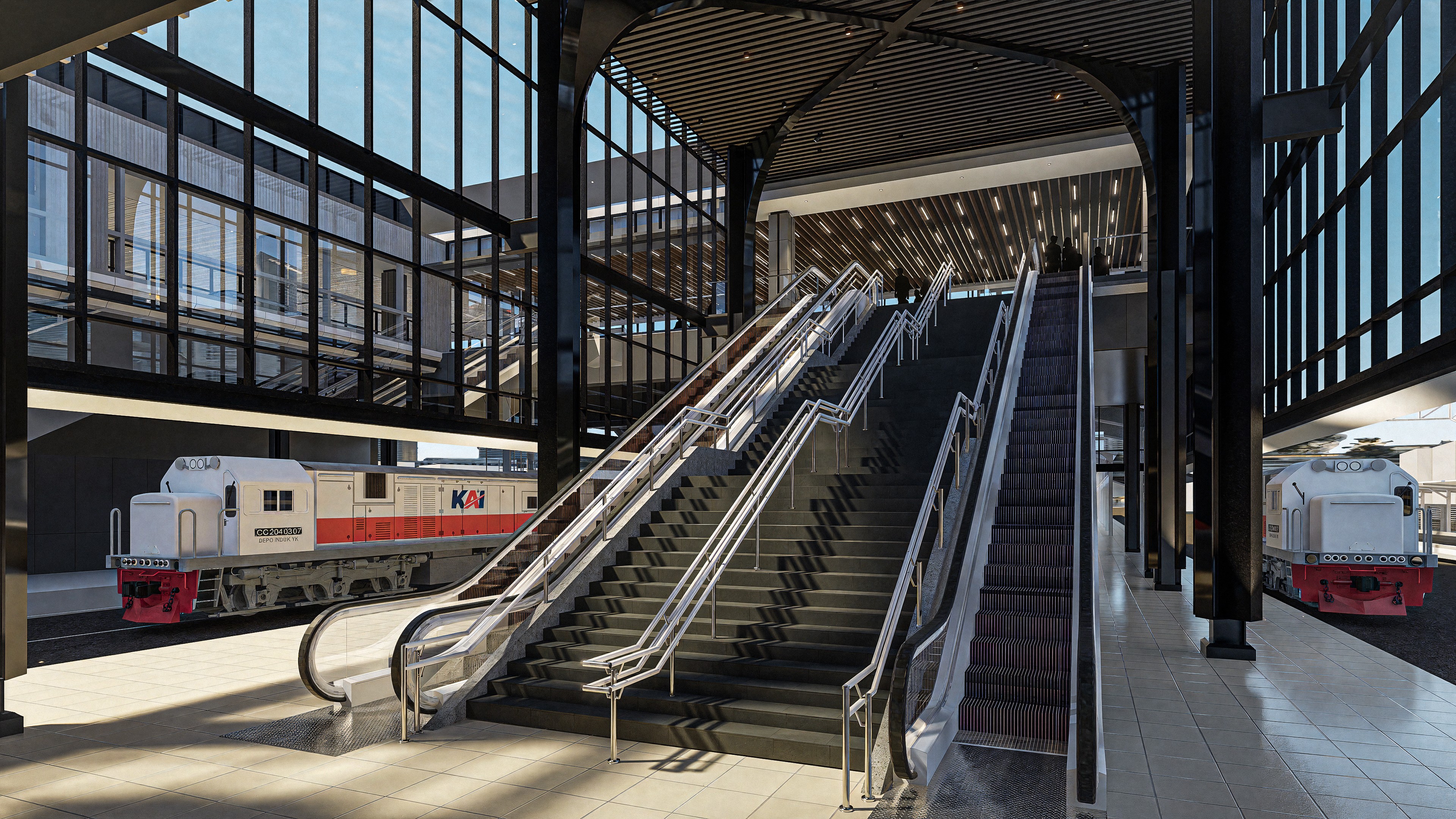
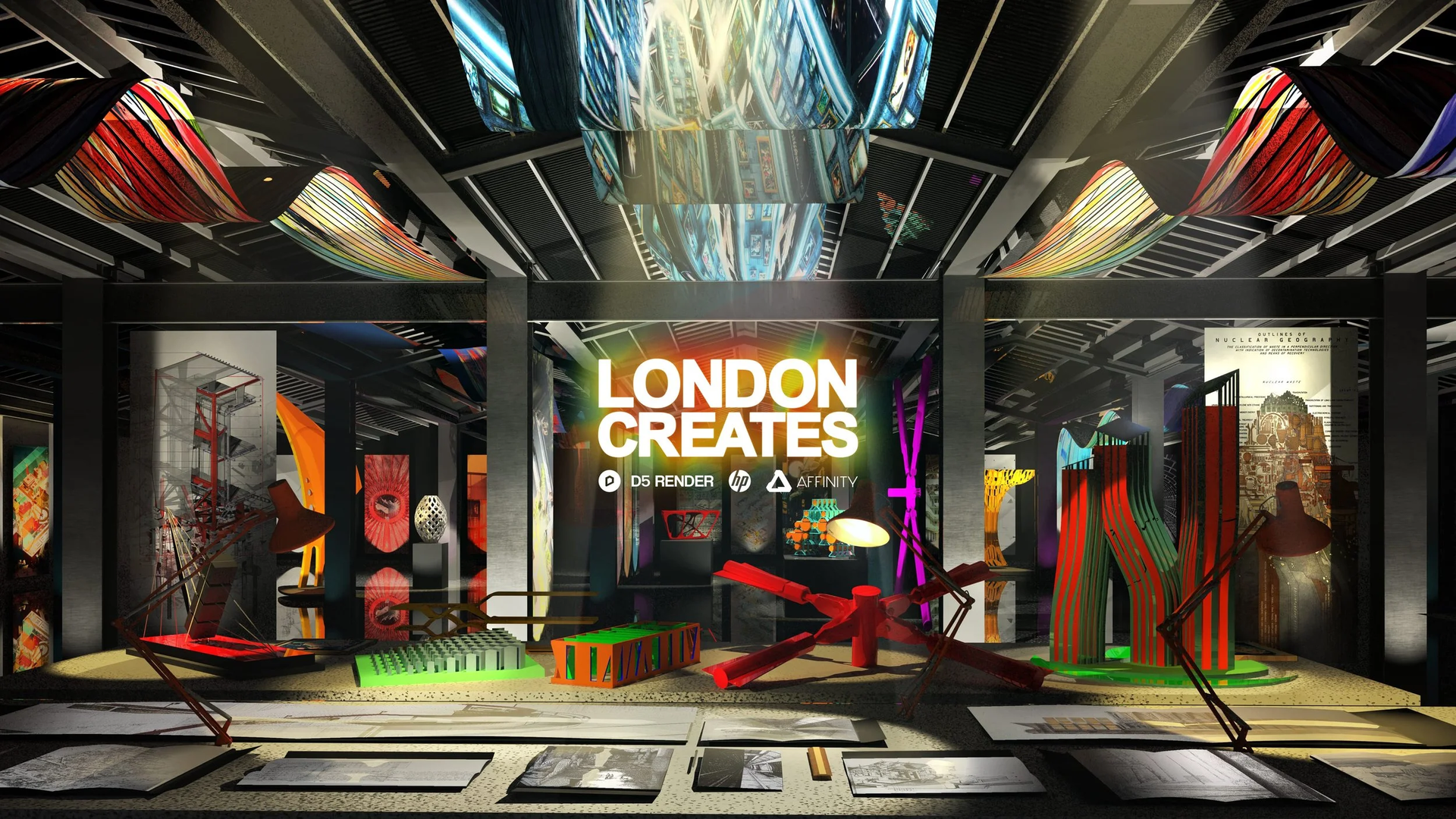
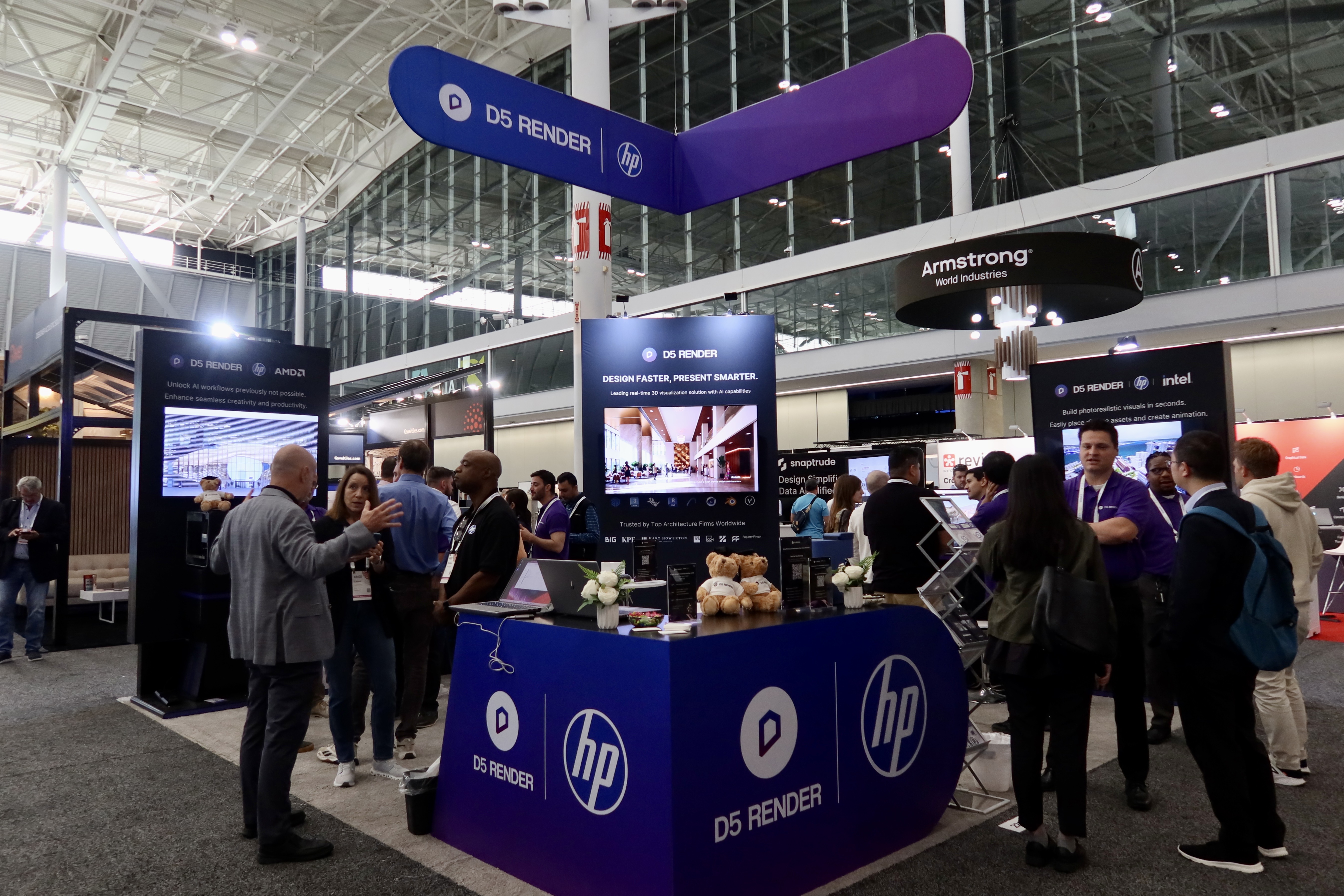
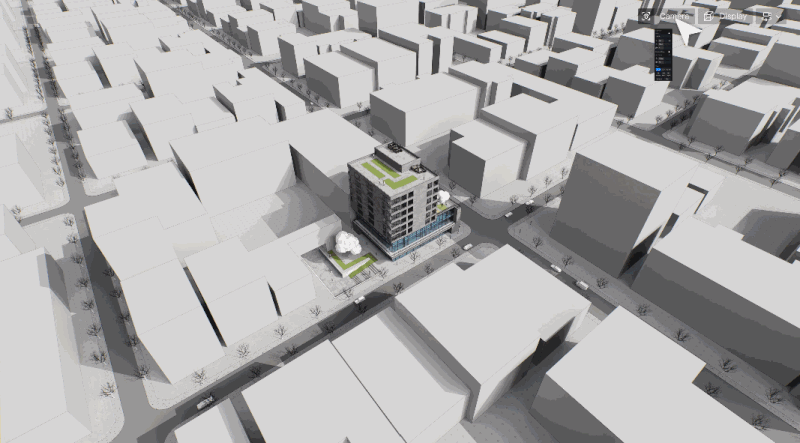

.png)
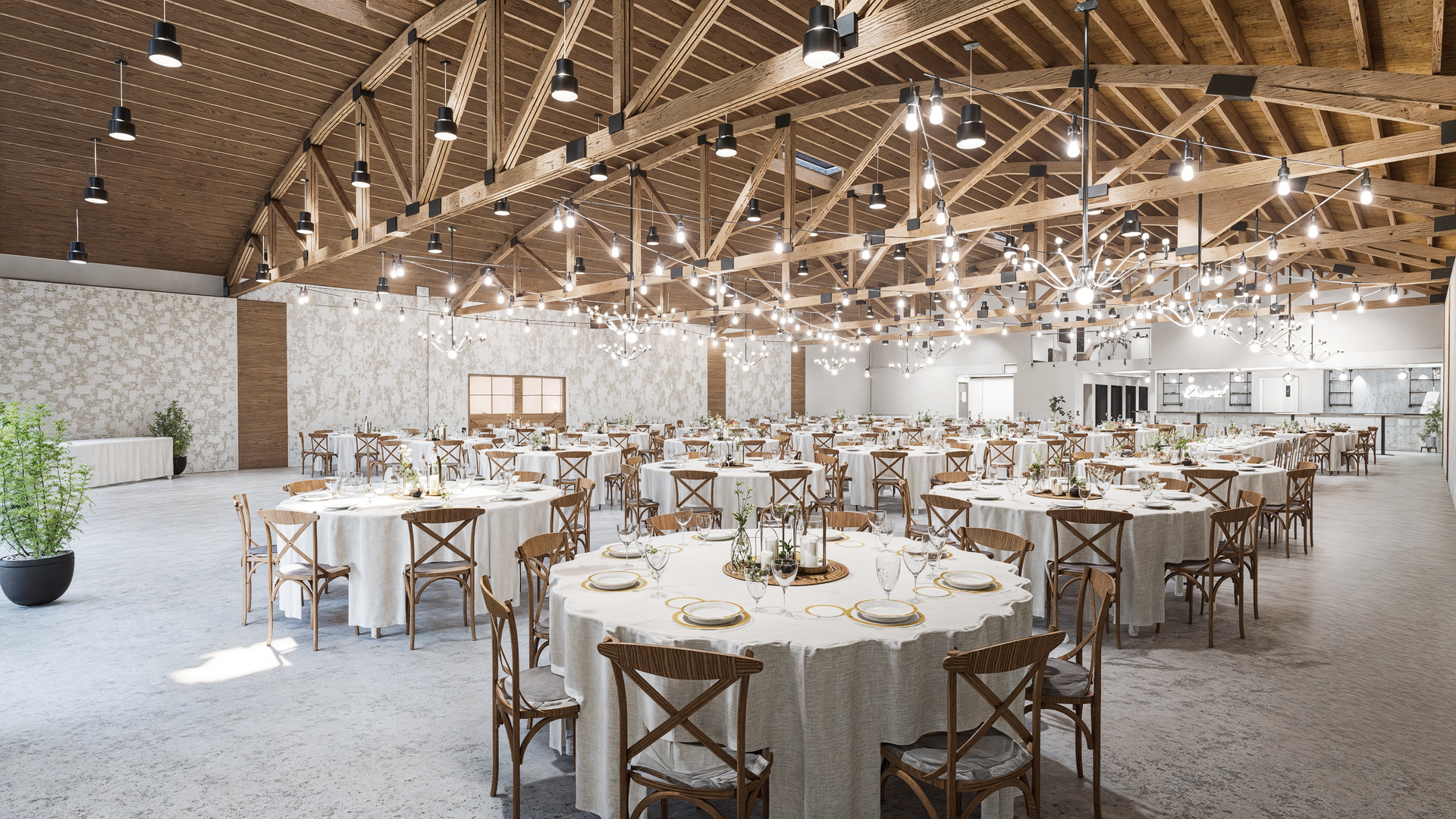
.png)
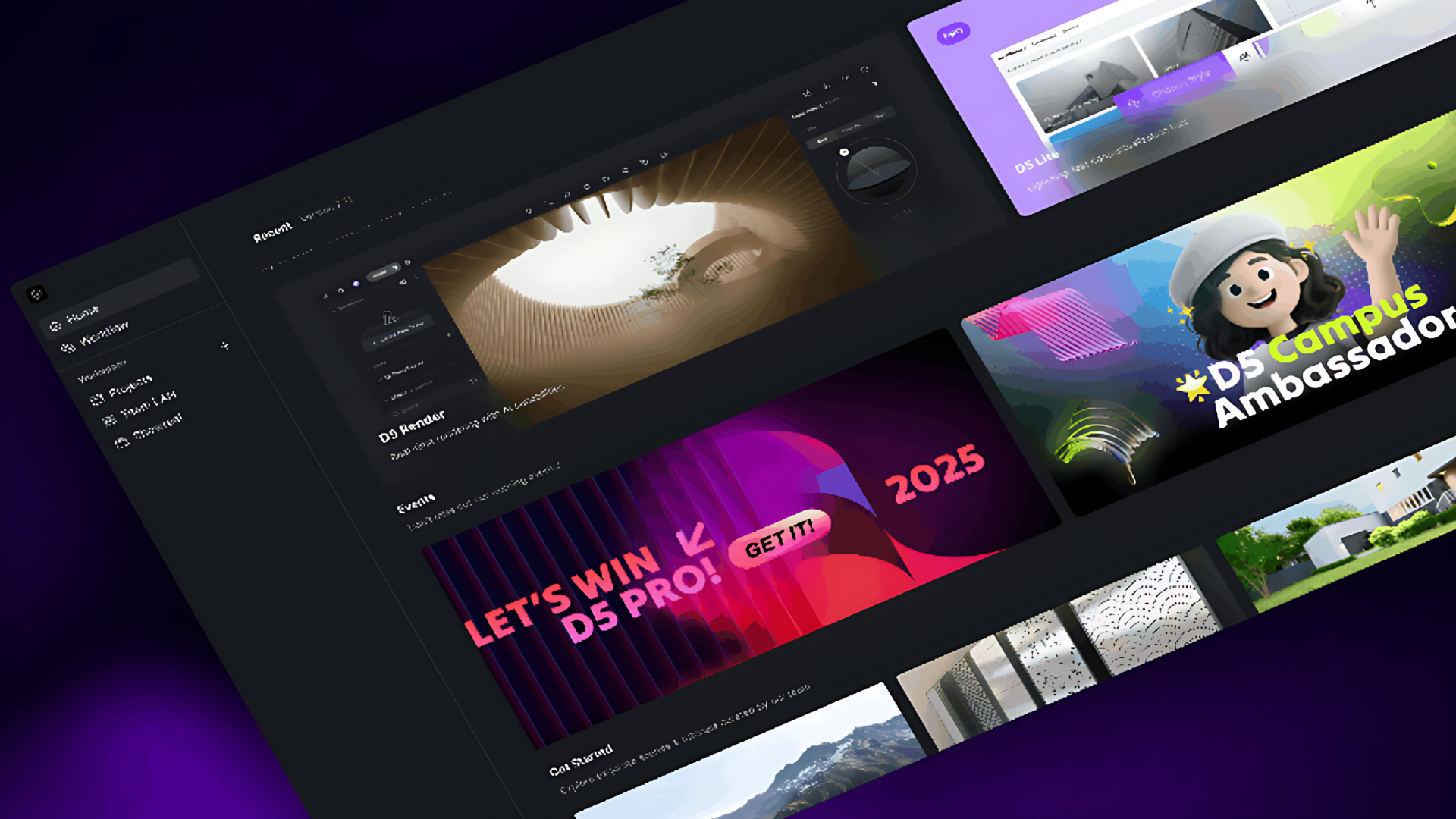
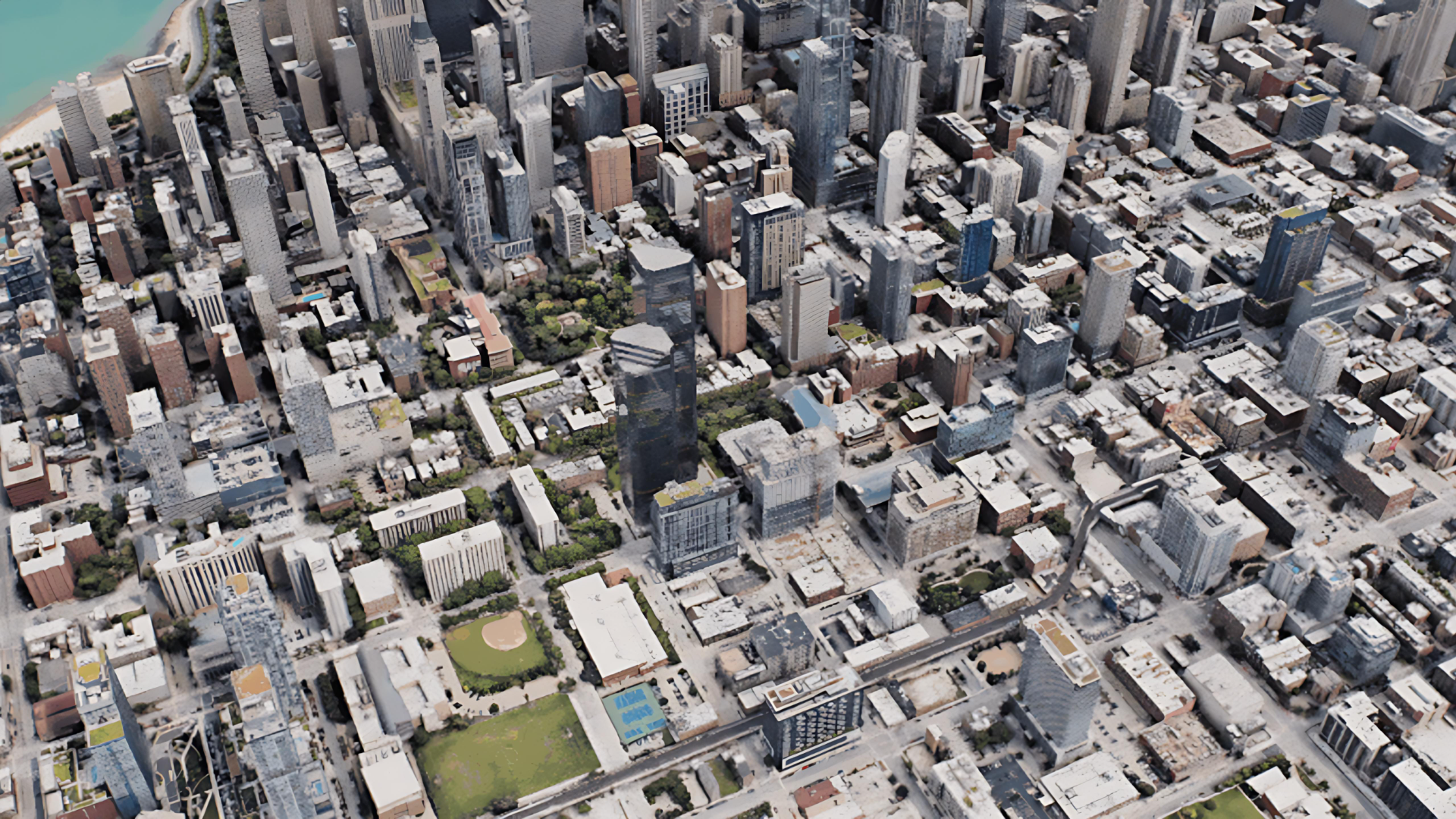
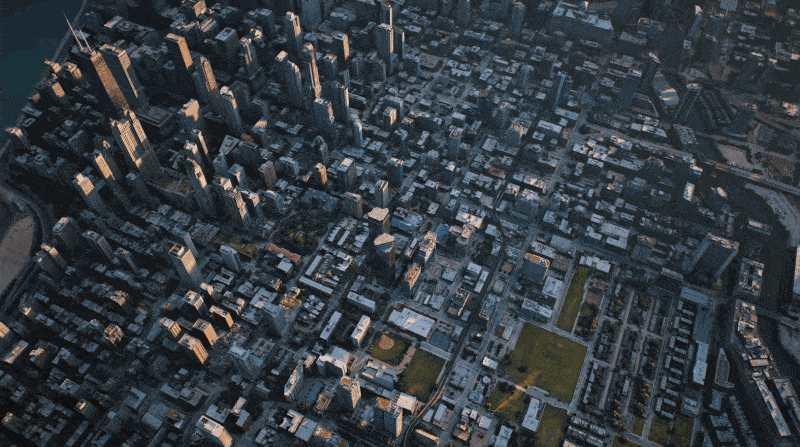
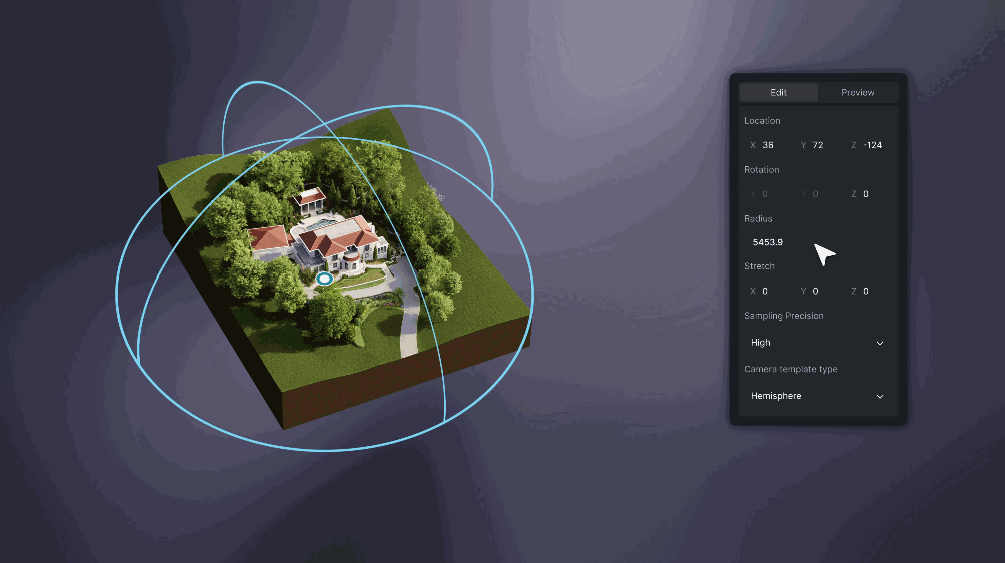
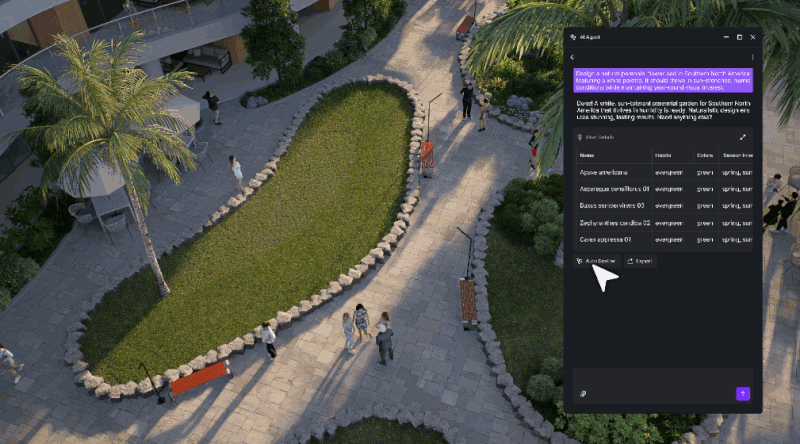
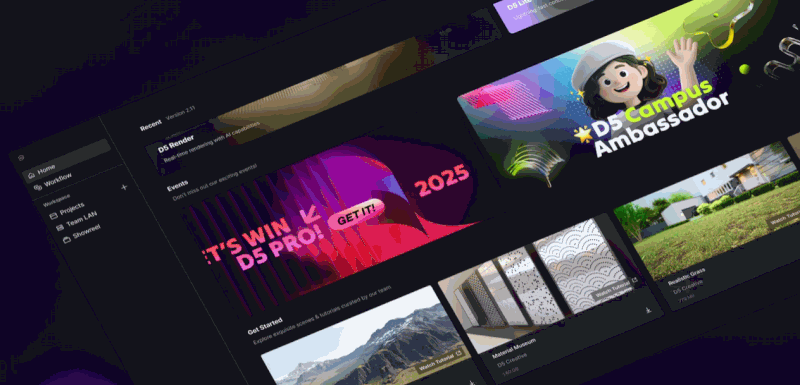
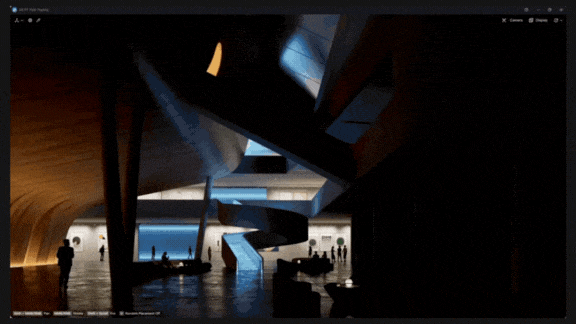
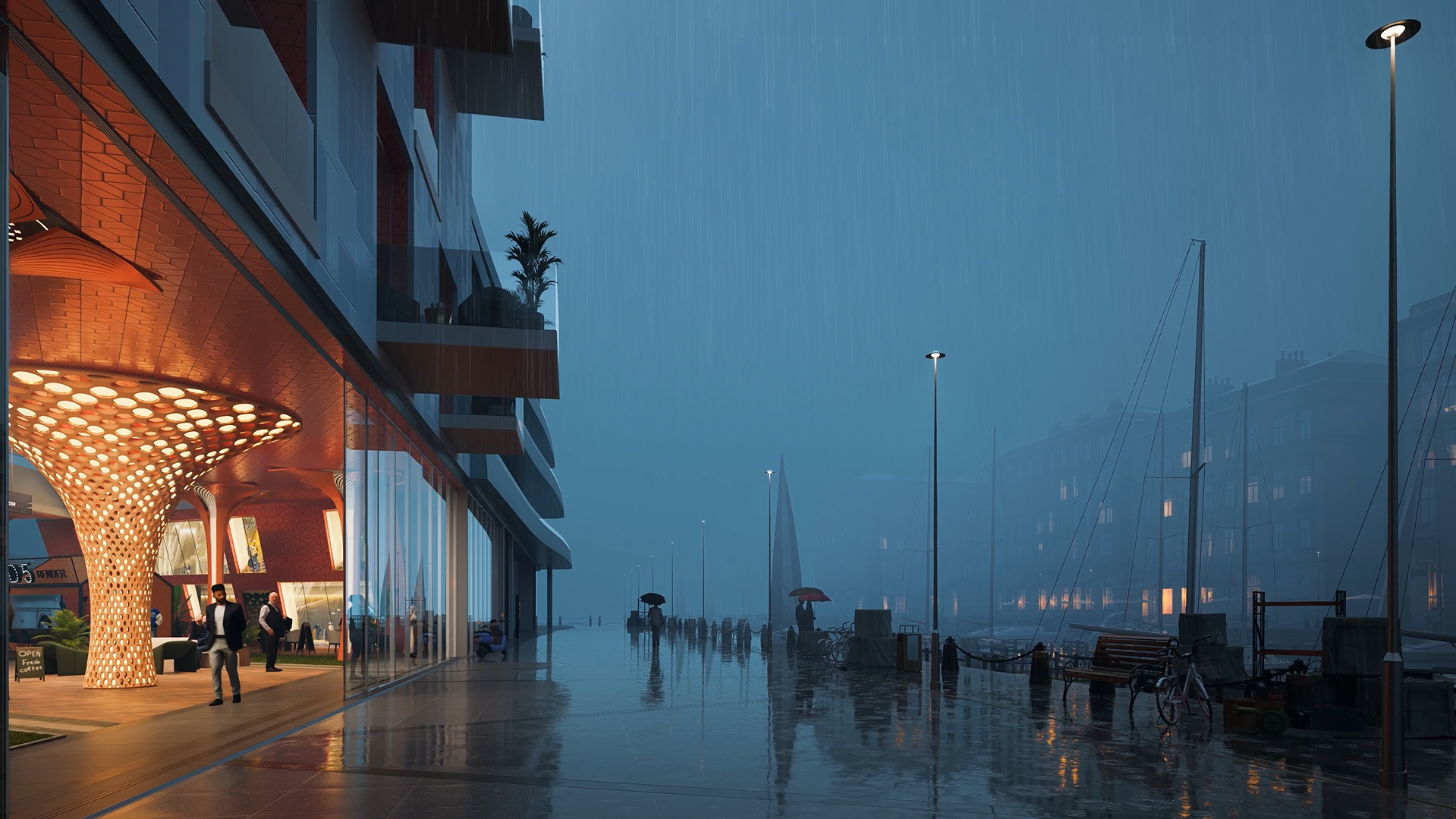
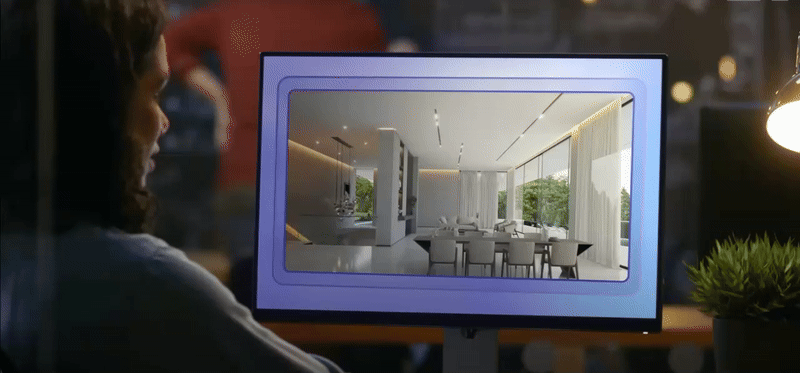






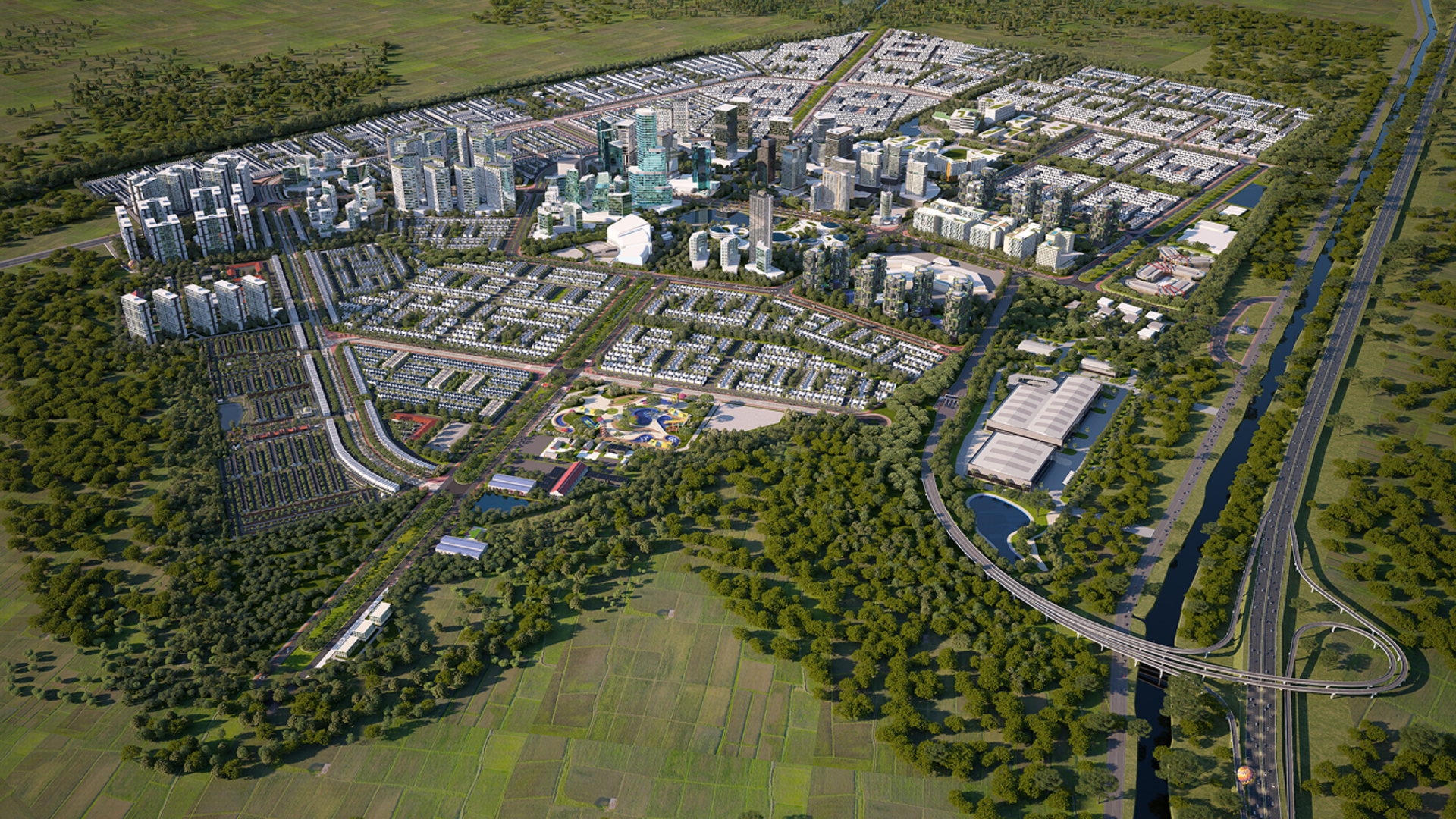








.png)





